What’s in a name? Well, when it comes to cars, quite a lot actually.
Most machines on the market now may get pretty generic numerical names or boring alphabetic assignments (we’re looking at you, Mercedes A Class), but sometimes, a manufacturer really pulls a special moniker out of the bag. It’s usually these cars that are most fondly remembered, and for good reason.
We’ve picked 10 of the coolest car names of the century so far…
Aston Martin Valhalla

Norse mythology is a goldmine for nameplates, and Aston Martin is the latest to stick its hands in that bag.
Valhalla was a great hall, ruled over by the god Odin, where those slain in battle would ascend to in the afterlife. It’s considered a huge honour to fall in battle in Nordic folklore, so this was a place for heroes.
Aston Martin will be hoping to harness those connotations of strength and power into its upcoming new hypercar. Technical details haven’t been revealed but, with a name so cool, it could have a 0.9-litre 90bhp three-cylinder engine and still be one of the most exciting things on the road.
McLaren Senna

As far as racing legends go, they don’t get much bigger than Ayrton Senna. The late Brazilian driver won three Formula One World Championships with McLaren, as well as 41 grand prix wins during a career that was sadly cut short in 1994 following a mid-race crash at the San Marino GP that ended his life.
To name a car after such a great racer would be a bold move, but it’s one McLaren made — and the car it adorns is pretty special. The McLaren Senna is a road-going powerhouse that could eat anything else with a licence plate for breakfast around a track, while looking monumentally cool at the same time. We’d like to think Ayrton himself would approve.
Ford Ranger Raptor
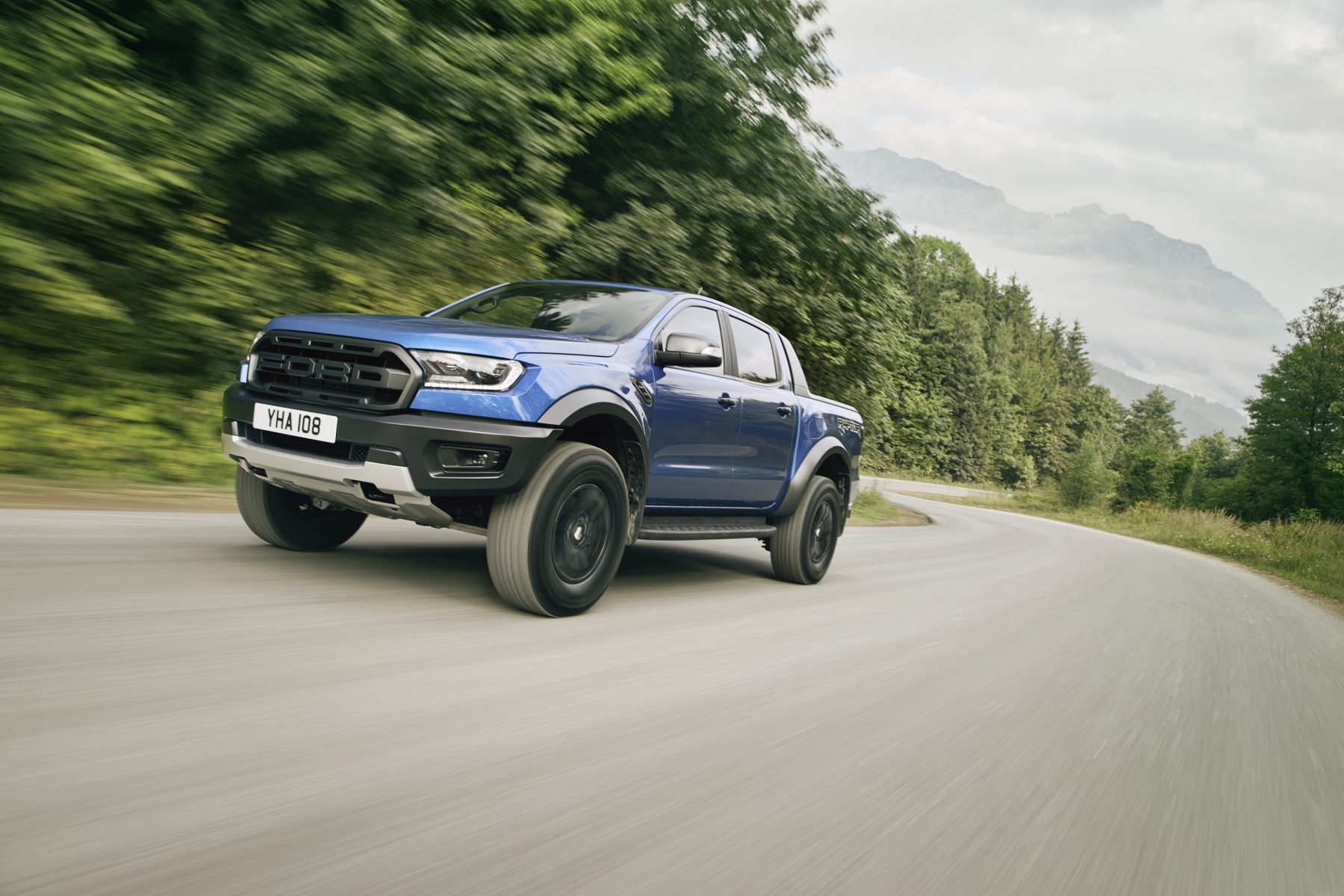
Raptor is a cool name, no matter what its applied to. Be it an F-22 Raptor fighter jet, a vicious and quick velociraptor or even the alternative name of a bird of prey, it’s one that immediately raises the hairs on anyone’s back.
Ford knows this, and as a result uses the badging to denote its most brutal and fast trucks — namely on variants of the F-150 and the Ranger, with the latter available in the UK.
The Ranger Raptor is a car built to take on sand dunes at full pelt, kitted out with an assortment of off-road gear that makes the prospect of driving over Kilimanjaro as daunting as a cruise through Kiddiminster. (Ok, don’t actually try taking on Kilimanjaro in it, but you get the point).
Dodge Charger Hellcat
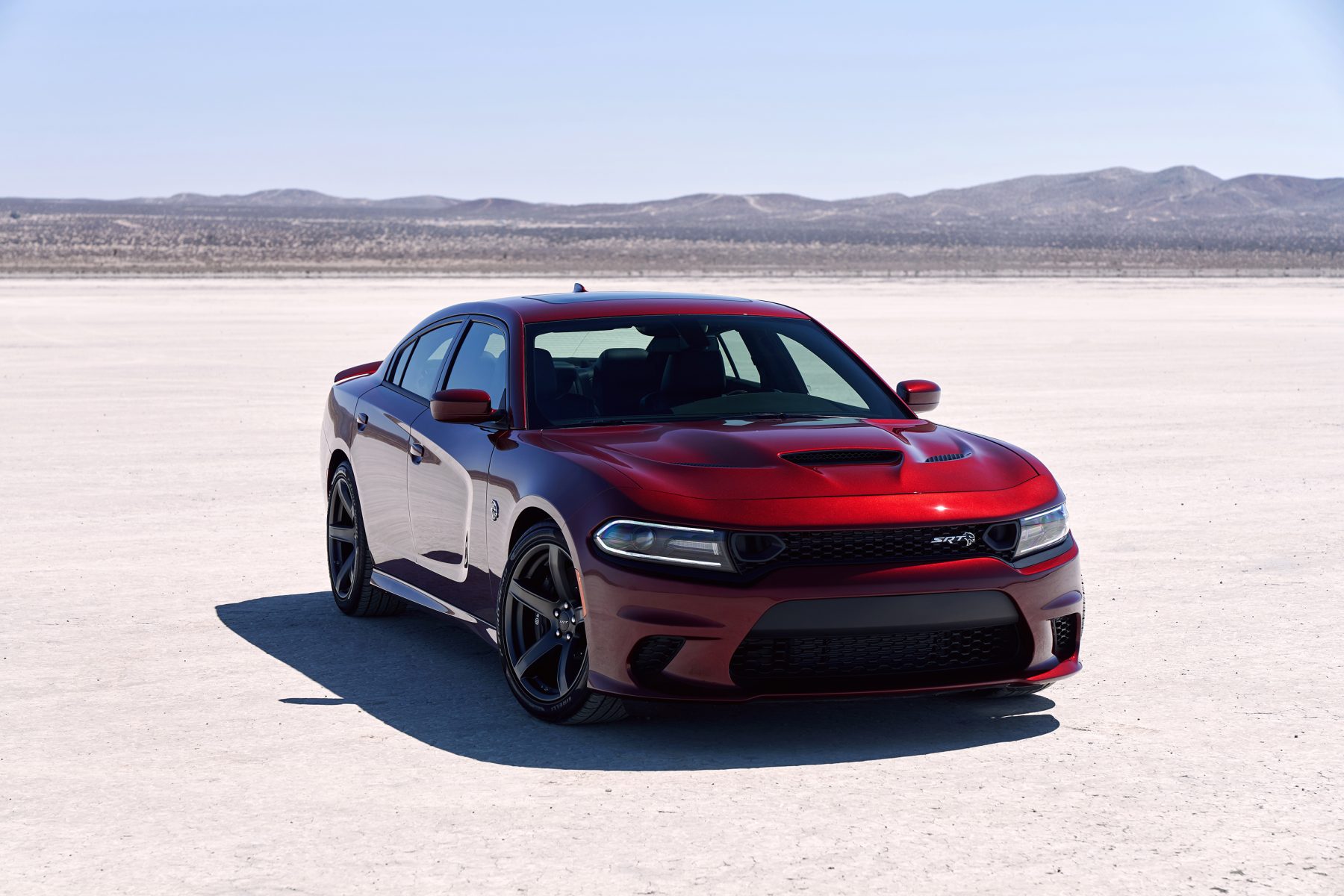
Dodge was already on to a nameplate winner with the Charger, but somehow the American firm managed to go a step further with its more brutal variant of the muscle car.
Step in the Hellcat — a fire-breathing 697bhp supercharged monster that’s as angry as a feline dunked in bath water. Naturally, it takes its name from an American fighter plane used in World War II, and one that was considered hugely successful at that.
Ferrari 812 Superfast
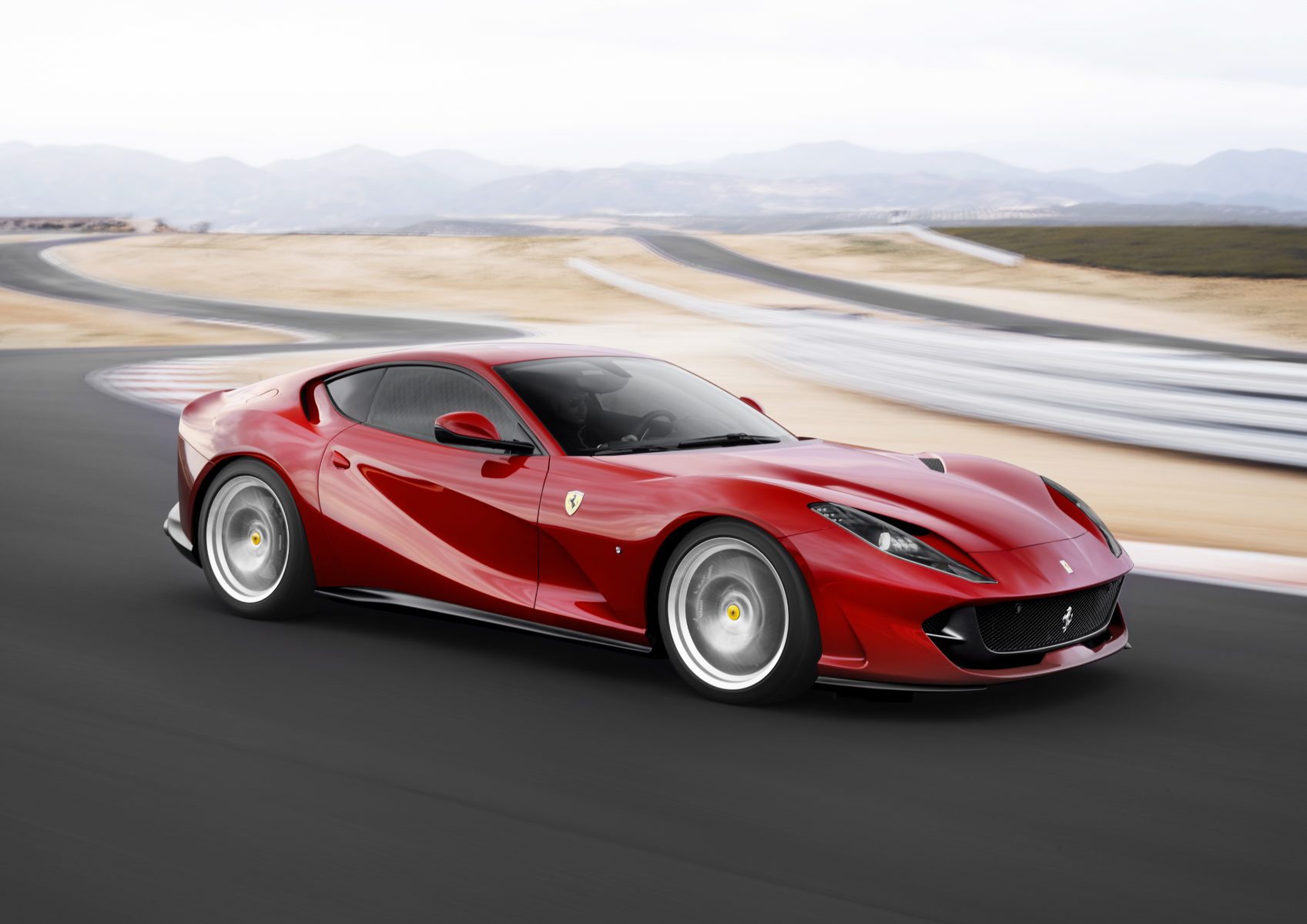
The old ‘it does what it says on the tin’ saying very much applies here. Capable of 0-60mph in under three seconds before reaching a 211mph top speed, the Ferrari 812 Superfast is definitely that.
It also sounds like it was named by a 10-year-old, and that’s surely what a hypercar should make you feel like again, right? Without the rockets, wings and being a Transformer that your imagination may have created at that age, mind.
Lamborghini Huracan

There are two layers of coolness to Lamborghini’s entry-level supercar’s nameplate. First — Huracan is Spanish for hurricane, appropriate for a car with a screaming naturally-aspirated V10 engine that’s ready to rock every street it heads down.
Even better than that though, the Huracan is actually named after a fighting bull from the 19th century that was known in its heyday as a courageous animal with a strong sense of attack.
Jeep Gladiator

A gladiator was an armed combatant in the Roman Empire, whose sole purpose was to use their strength and will to fight, for the purpose of entertaining the wealthy. Though the practice was somewhat questionable, these fighters gained admiration from the masses.
Now, Jeep is capturing some of those powerful connotations with its new off-road pick-up truck — the Gladiator. This rugged machine is built to tackle anything thrown its way, mainly in an effort to entertain those behind the wheel more than anything.
Hennessey Venom GT

Hennessey came to bite the established hypercar competition when it introduced its Venom GT back in 2011. This Lotus-based American Frankenstein set a Guinness World Record for the fastest accelerating car to 300km/h (186mph) with a 13.63 sprint, as well reaching an incredible 265.7mph top speed — though this wasn’t officially recorded for the record books.
It’s appropriate then, that its name comes from a natural poison — striking fear to those in its wake. Rather than rodents that say, a snake might go for, though, the Venom came for the blood of Bugatti, Koenigsegg and the like.
Kia Stinger

Considering Kia is a firm that named ones of its cars Cee’d (yes, the apostrophe was a part of its name), it’s hard to believe it came up with something as cool as the Stinger.
Well, it did — and it applied it to right car too. This BMW 3 Series and Mercedes C Class rival came to sting the opposition, offering striking looks, cutting-edge technology and a seriously potent machine in the twin-turbocharged V6 GT S.
Bristol Fighter

British firms have produced two separate machines dubbed the Bristol Fighter — the first a WW1 reconnaissance plane, favoured for its agility, and the second a very little-known sports car.
Powered by the same V10 found in the Dodge Viper, the Fighter was a true powerhouse, sending over 500bhp (in 2004!) through its rear wheels, allowing it to hit 0-60mph in a claimed four seconds before reaching 210mph. Bristol said it had plans to produce a version with over 1,000bhp in a bid to hit 270mph, but it never came to fruition.
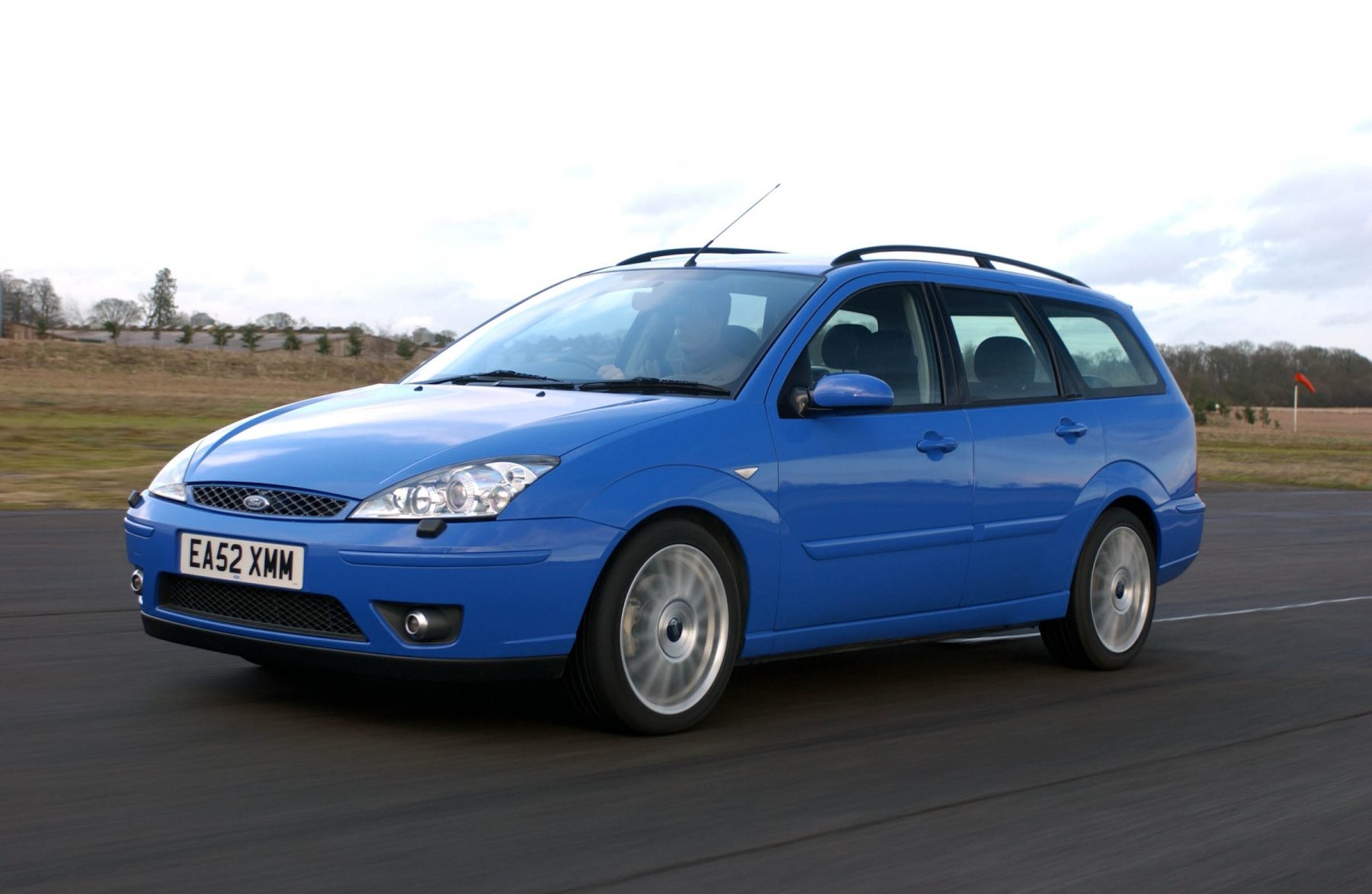
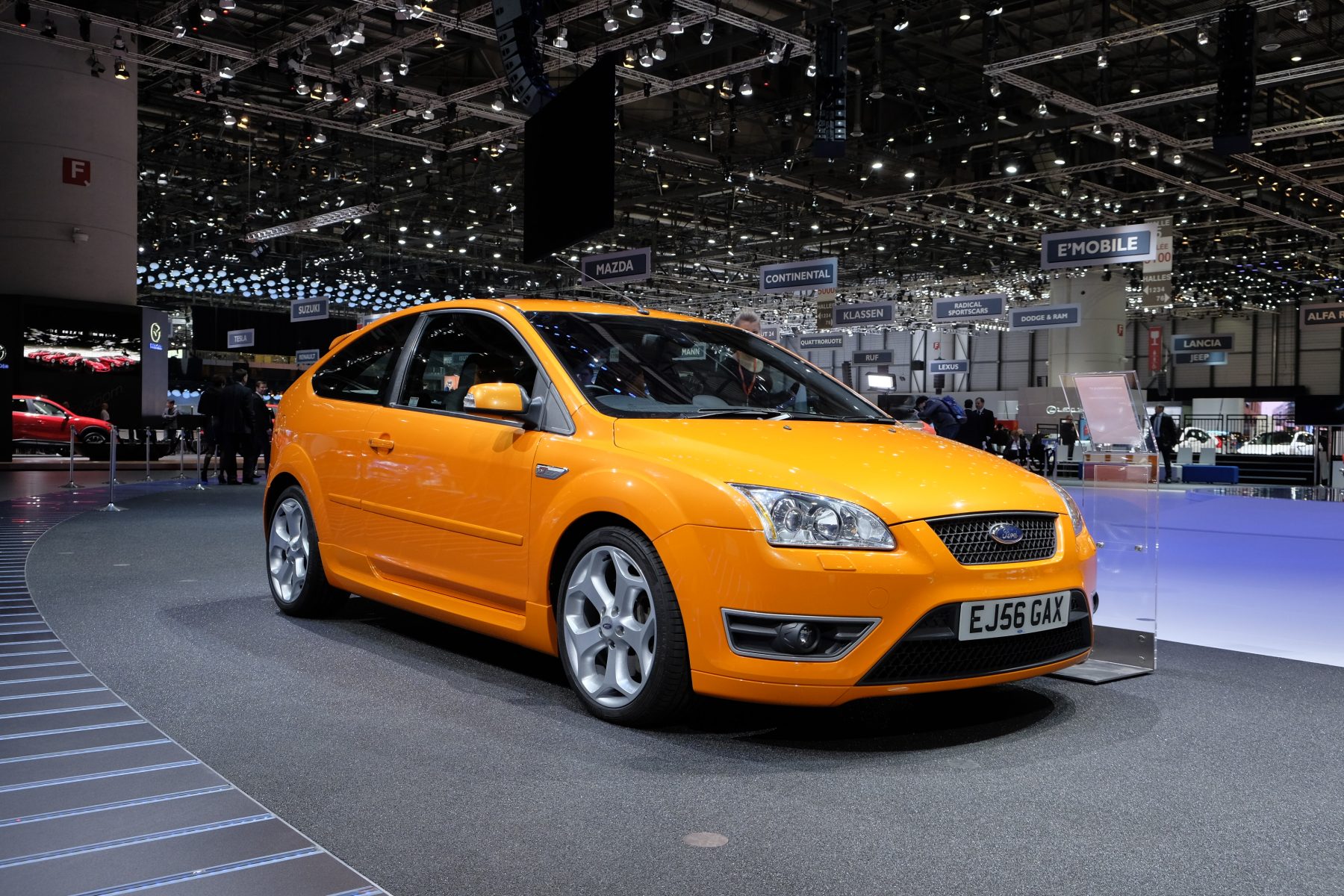

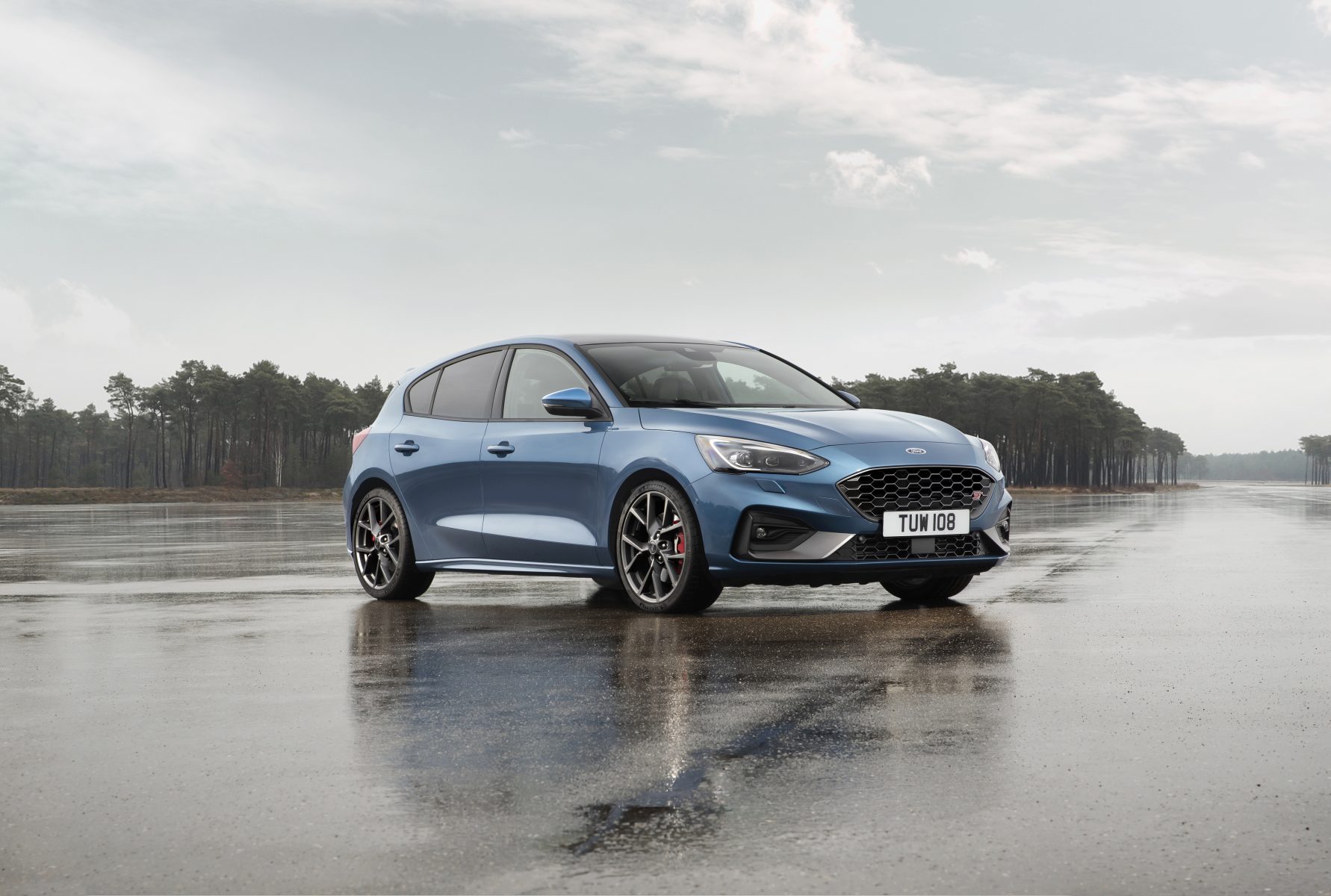

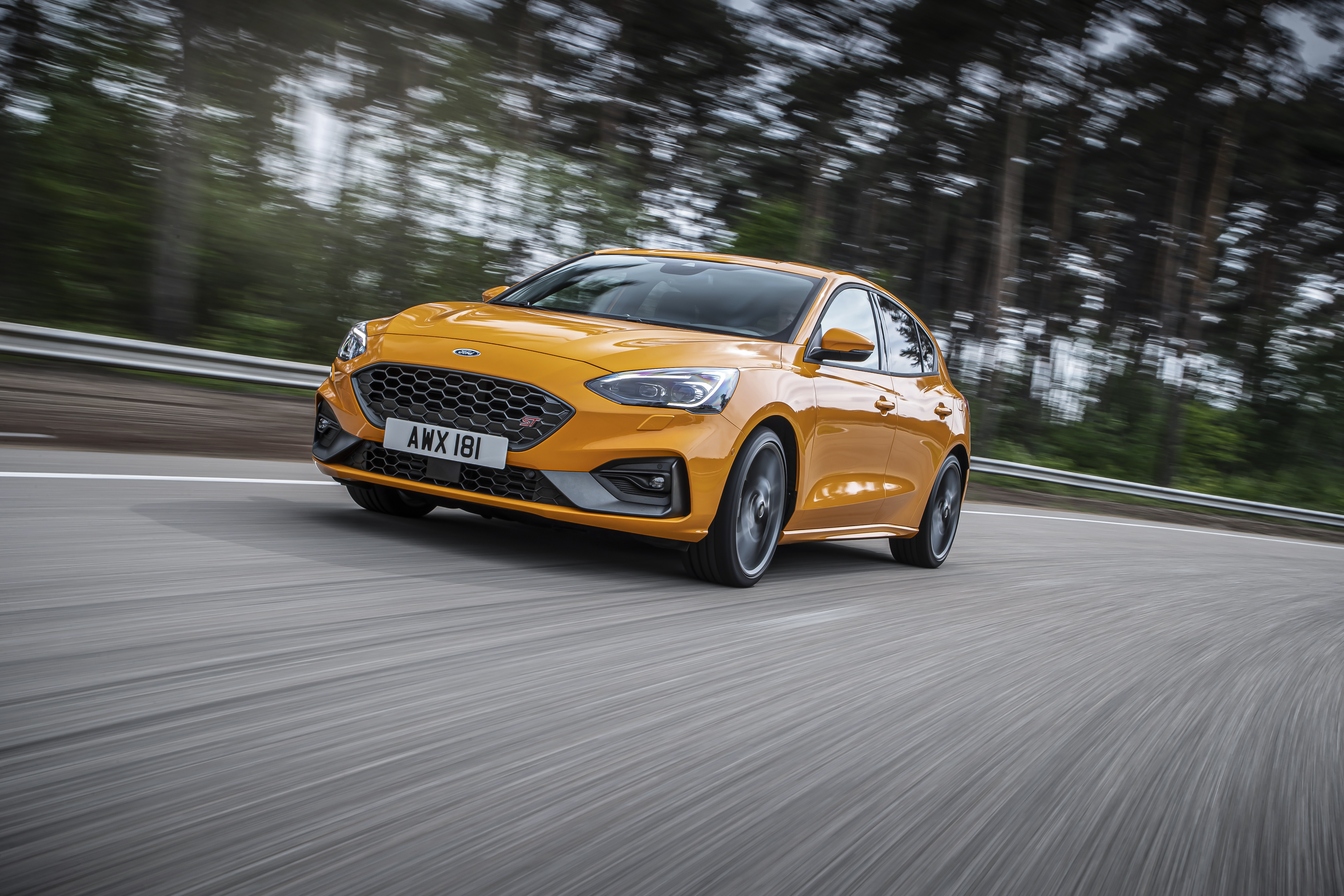
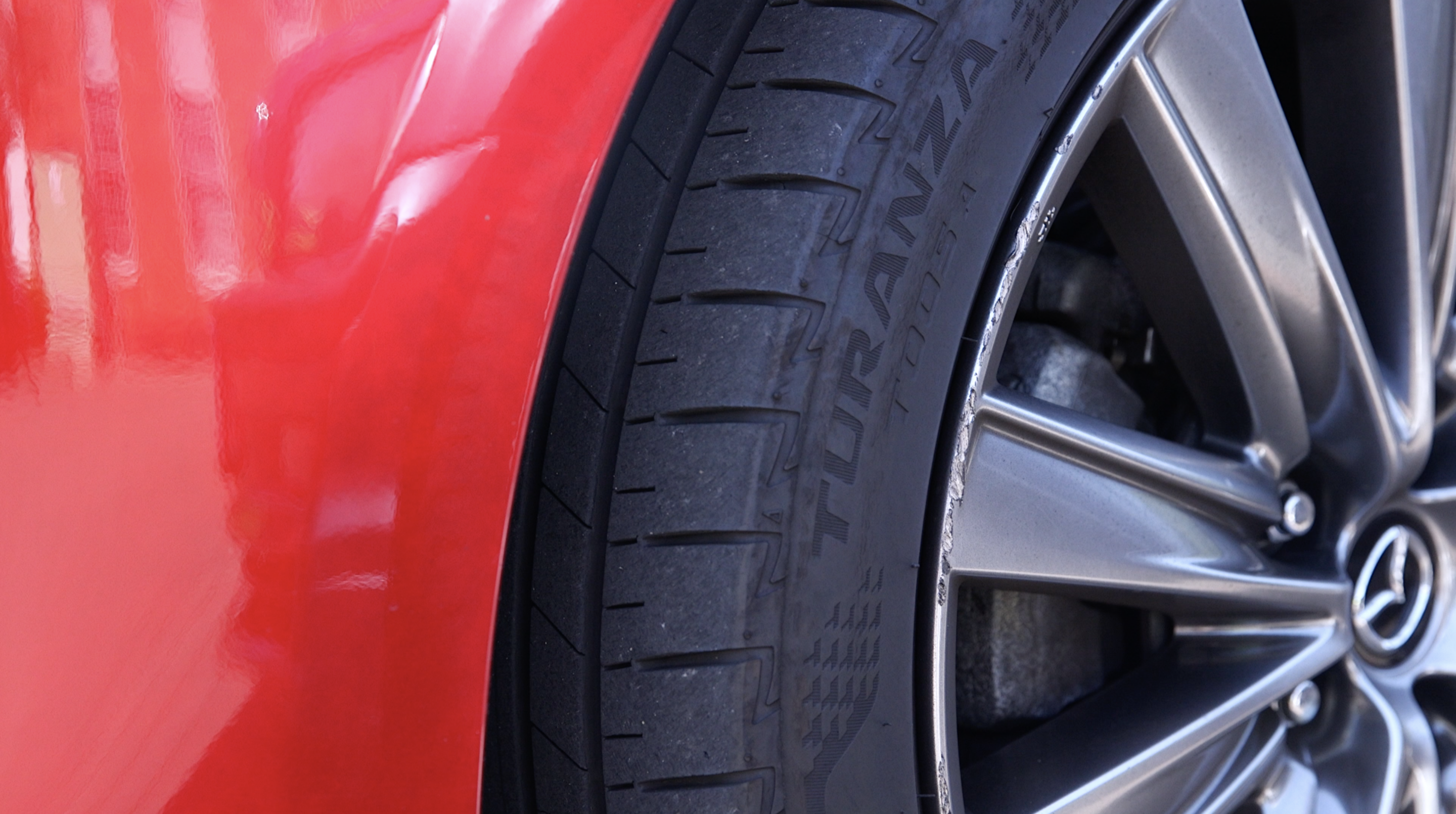

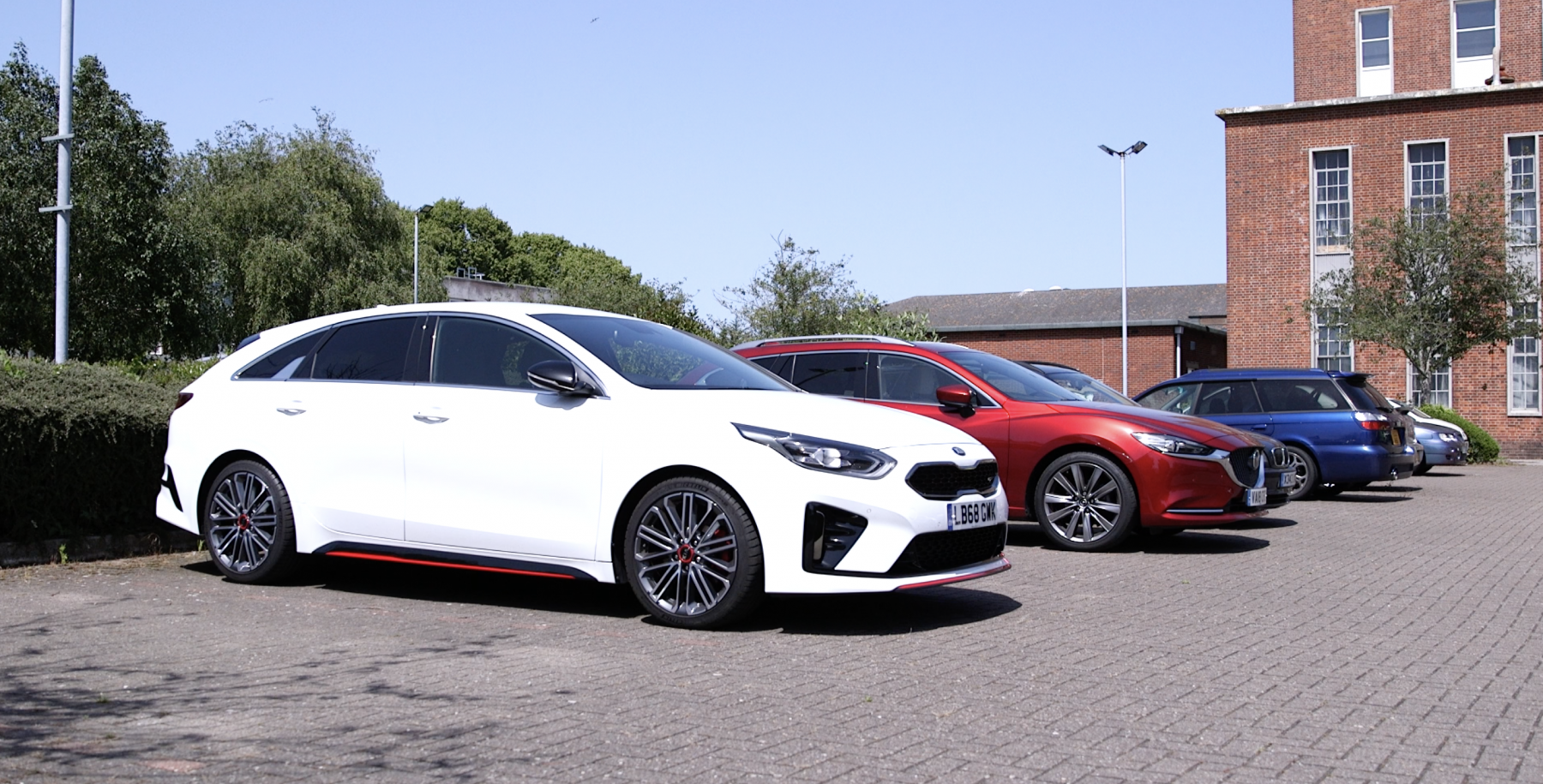
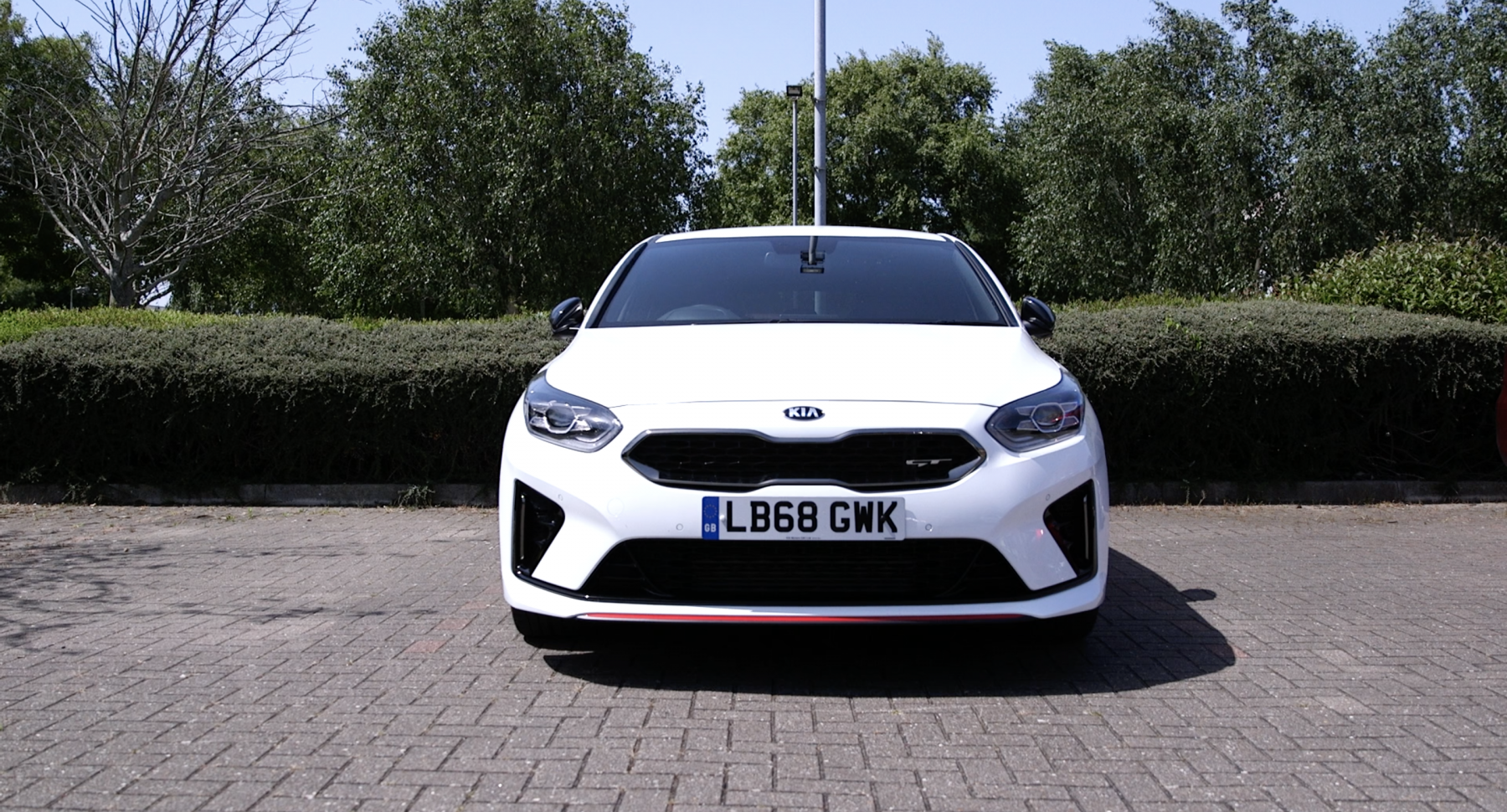
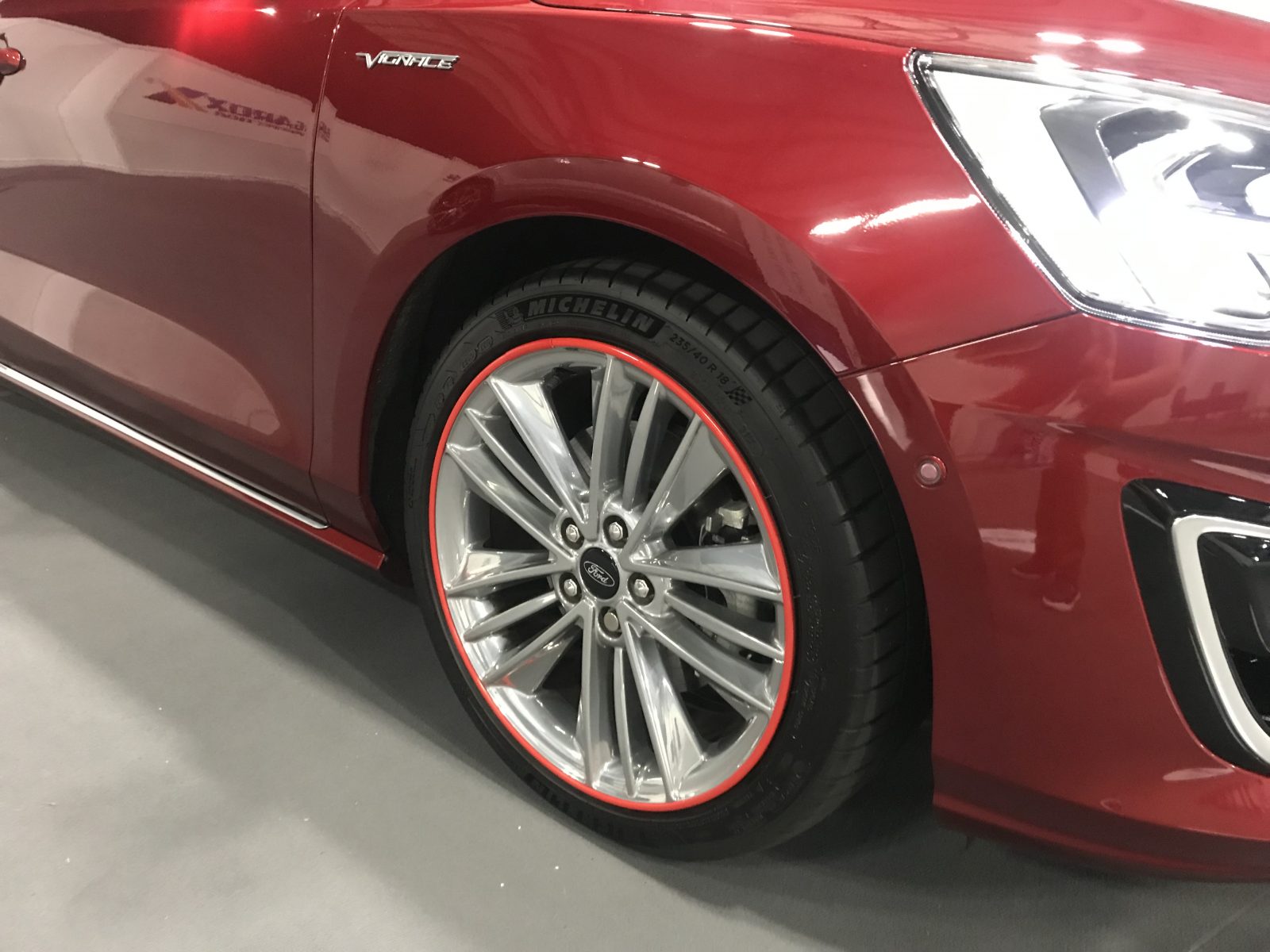
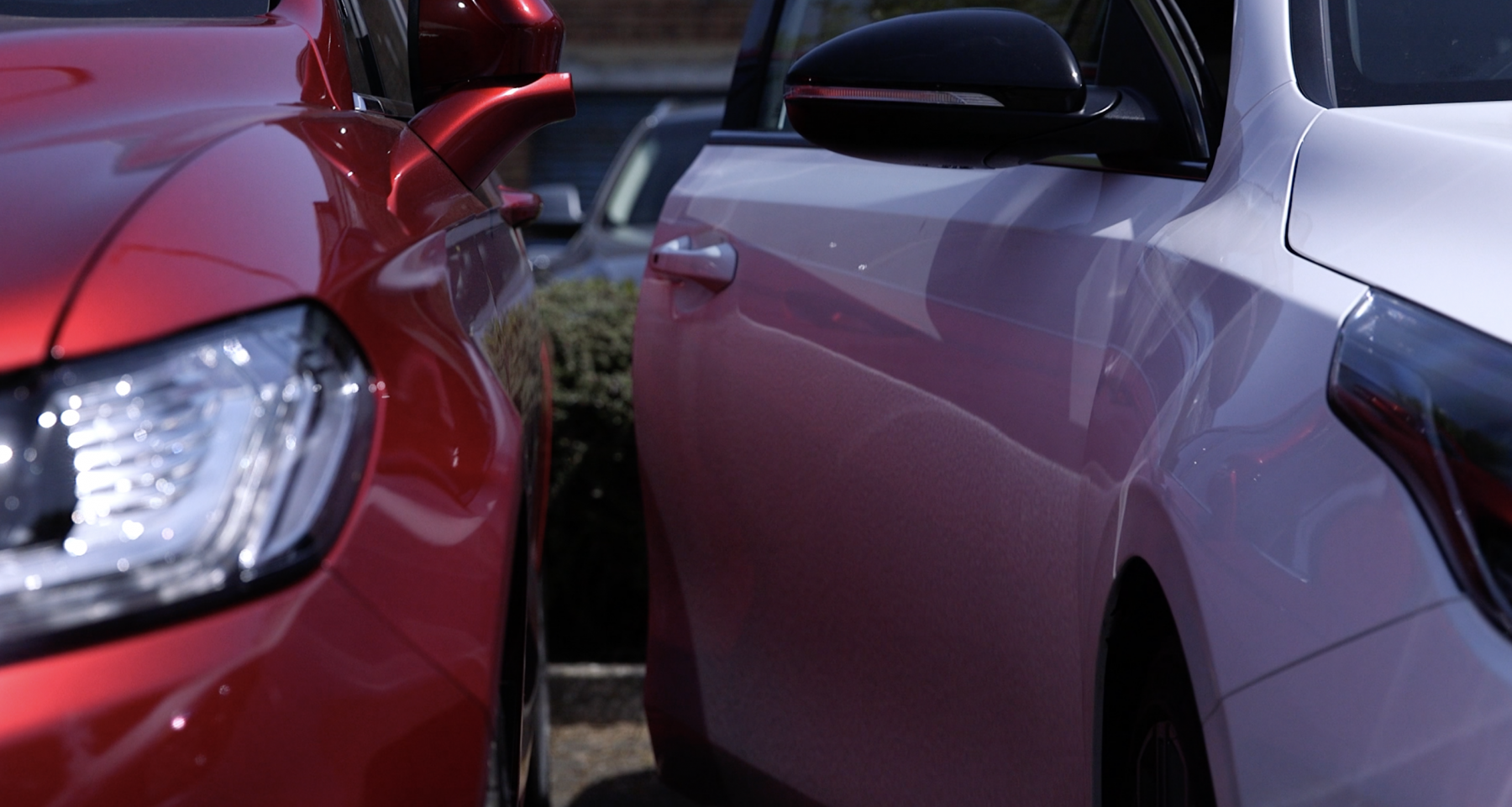



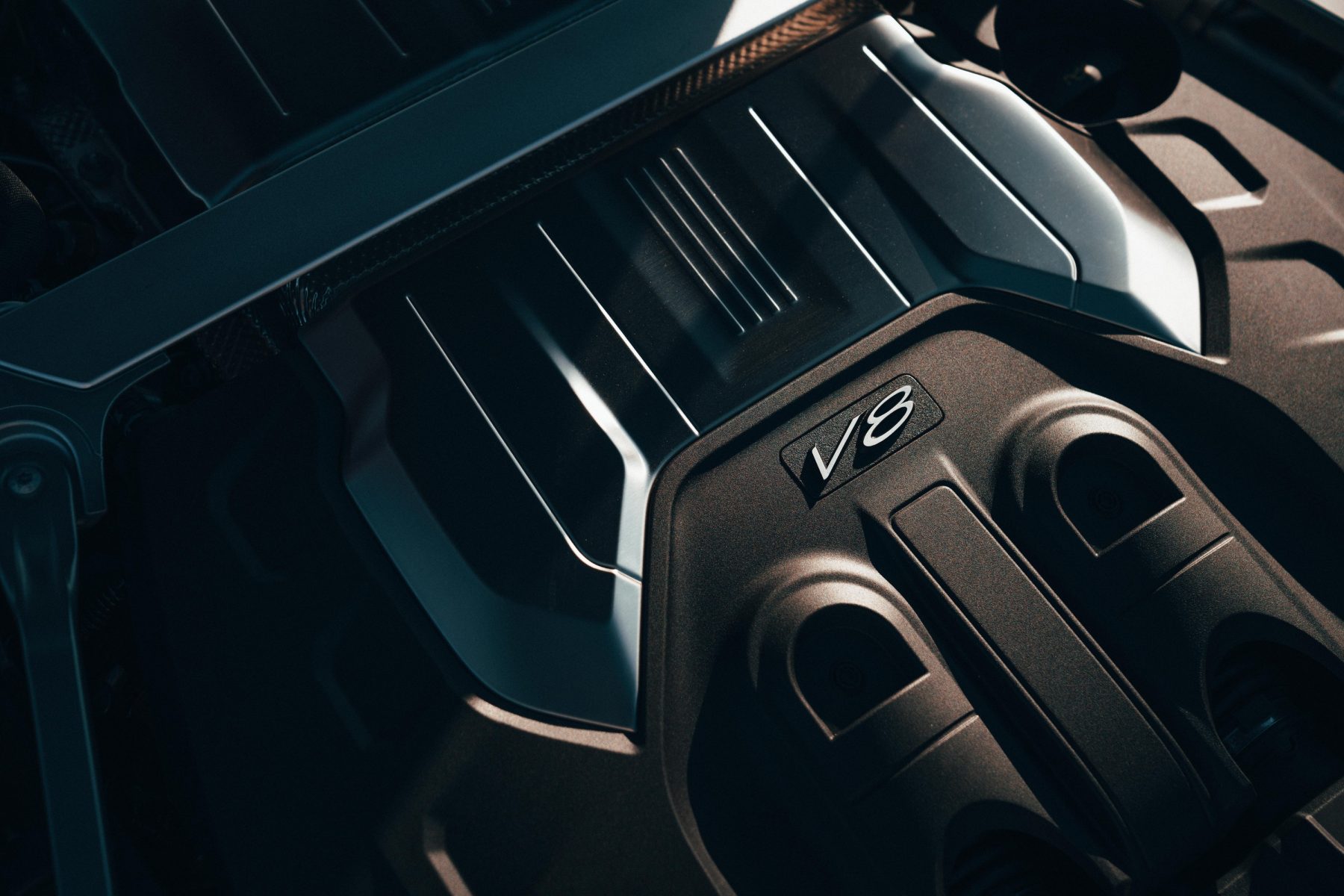

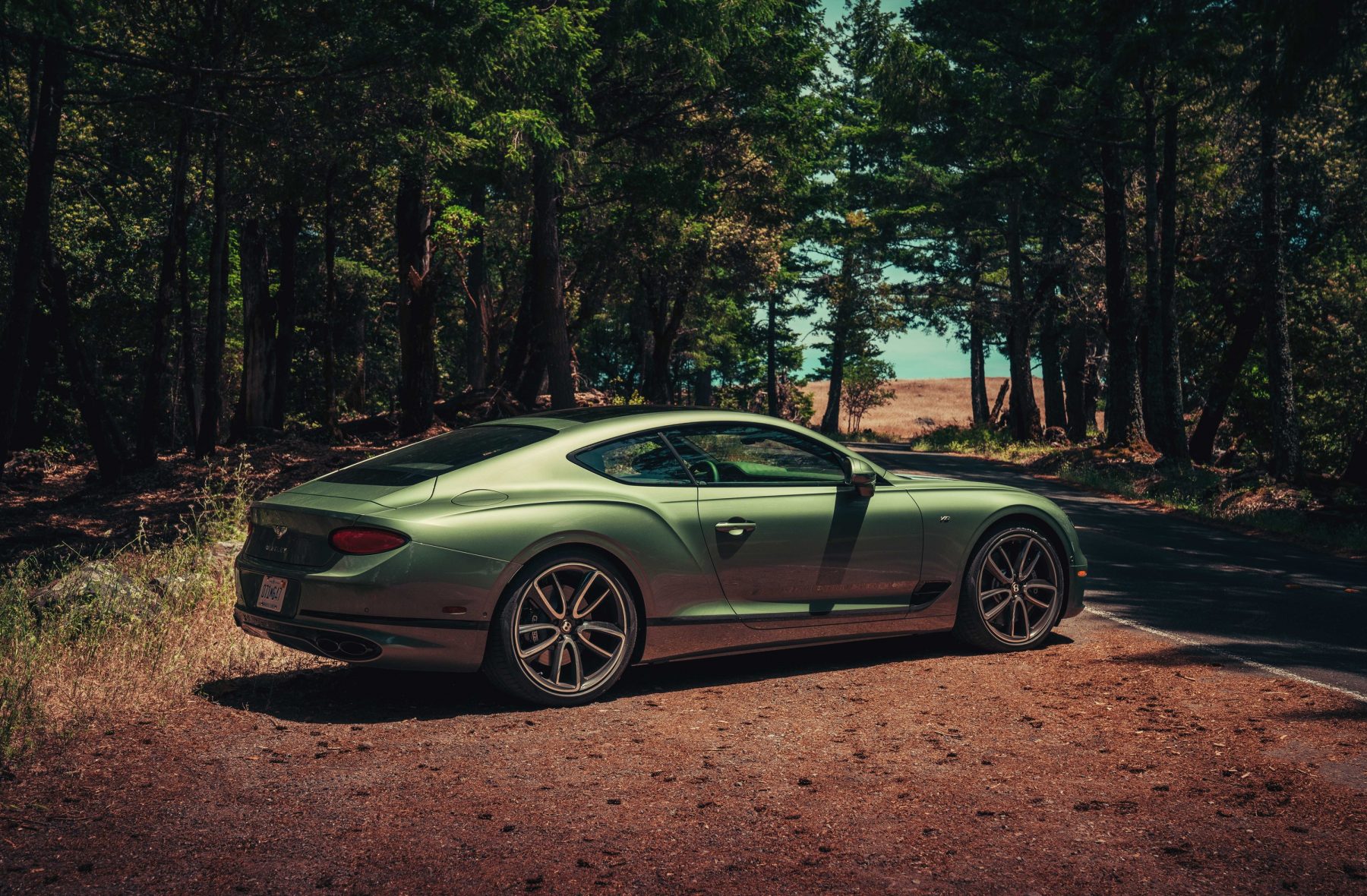
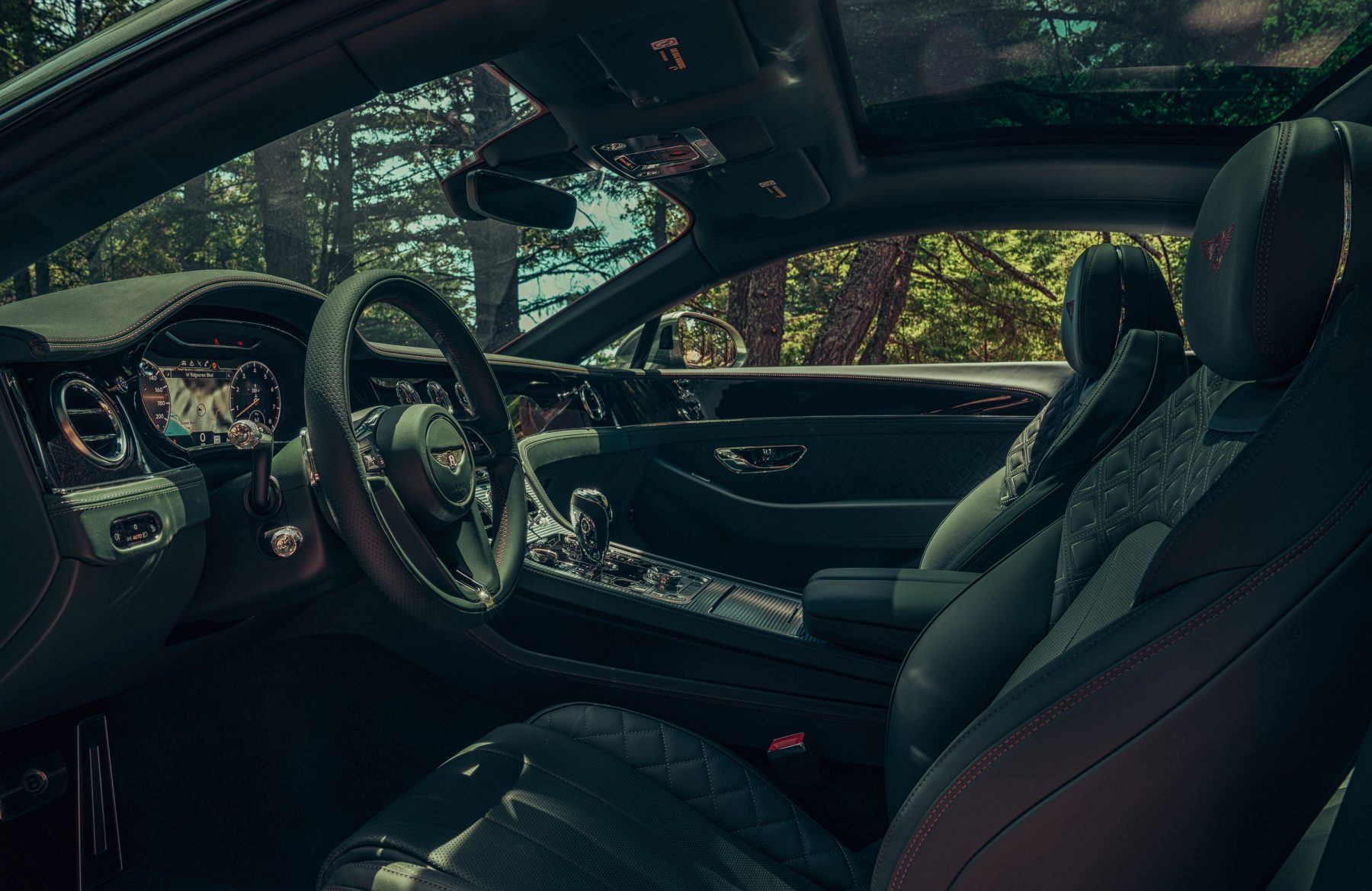


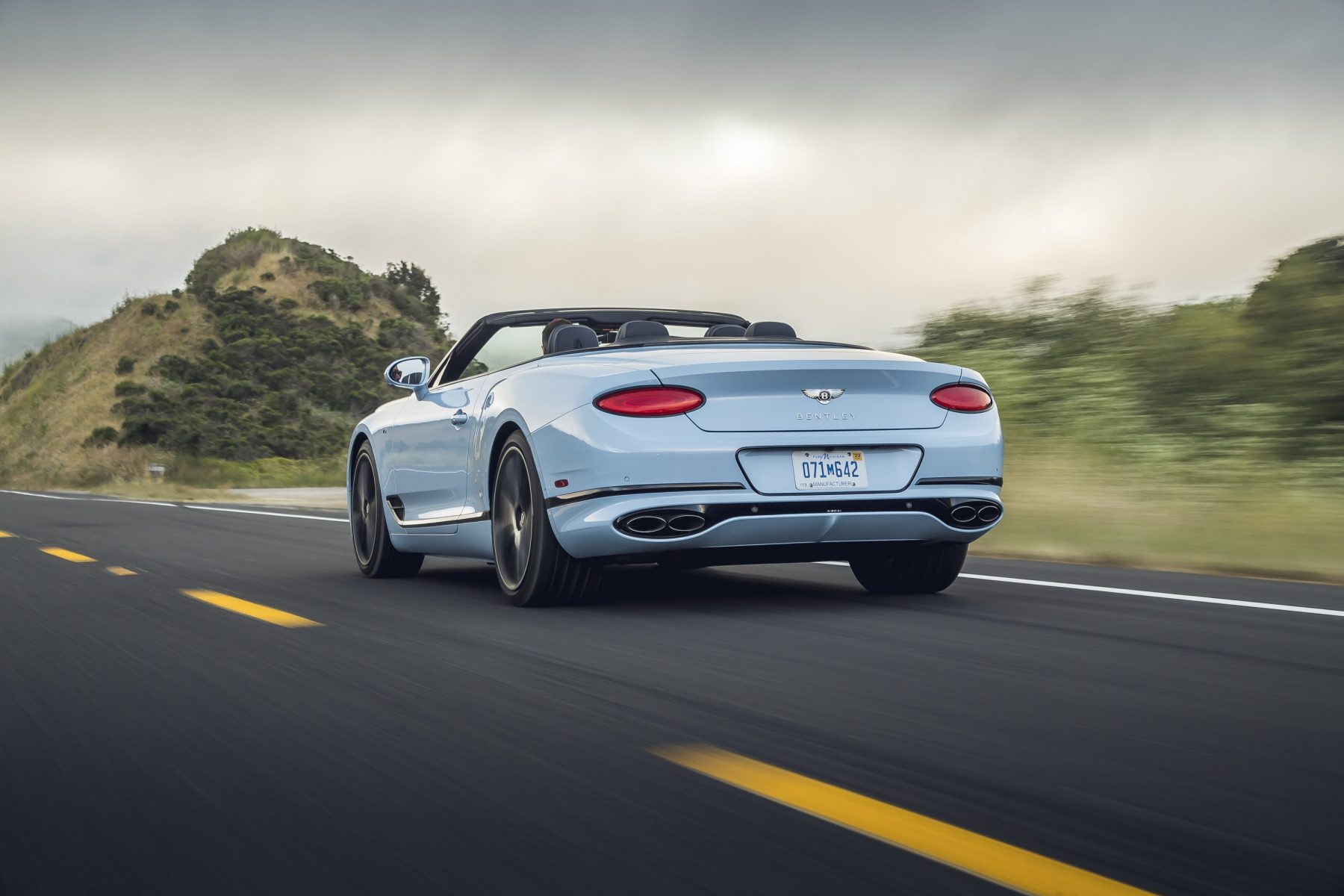

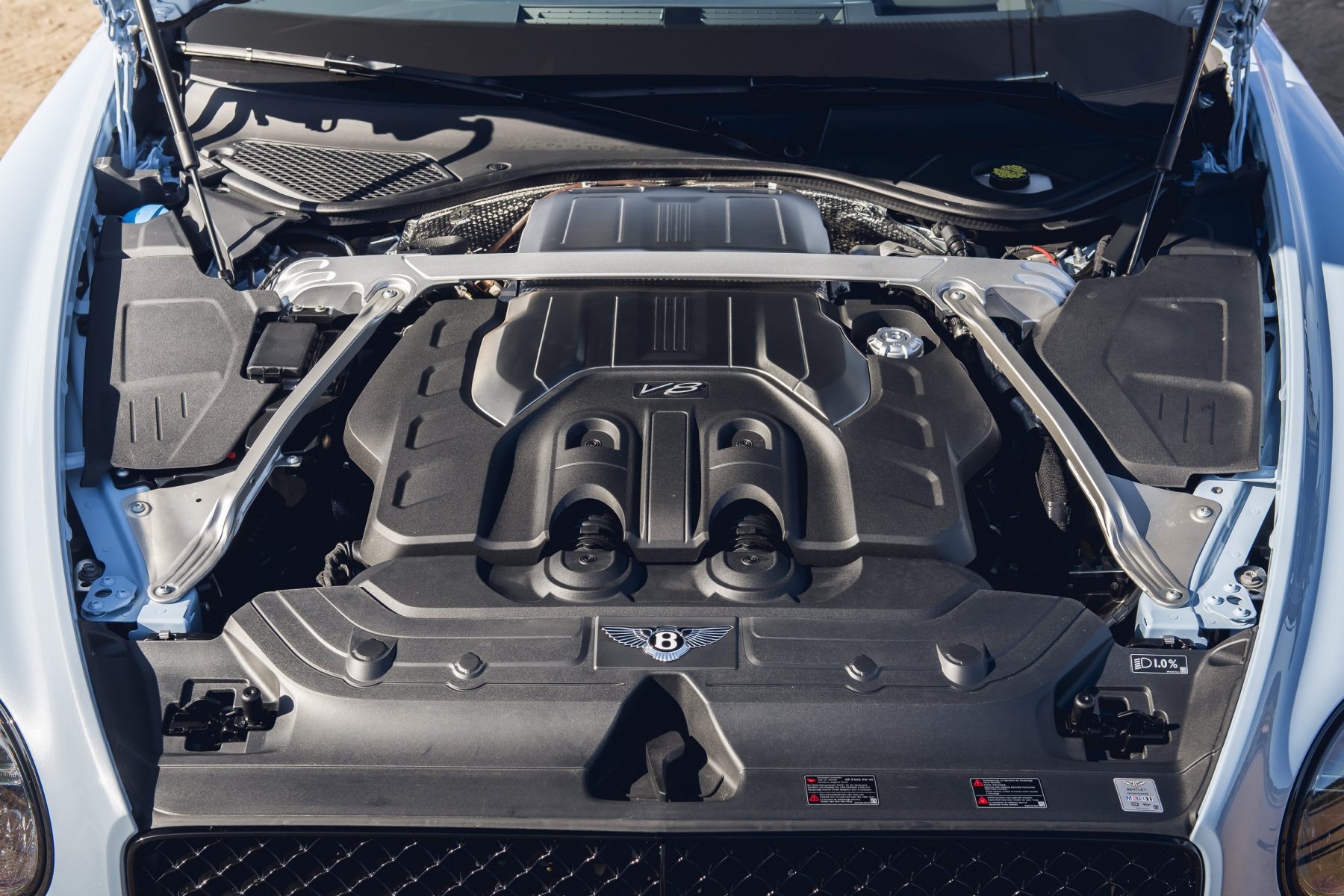
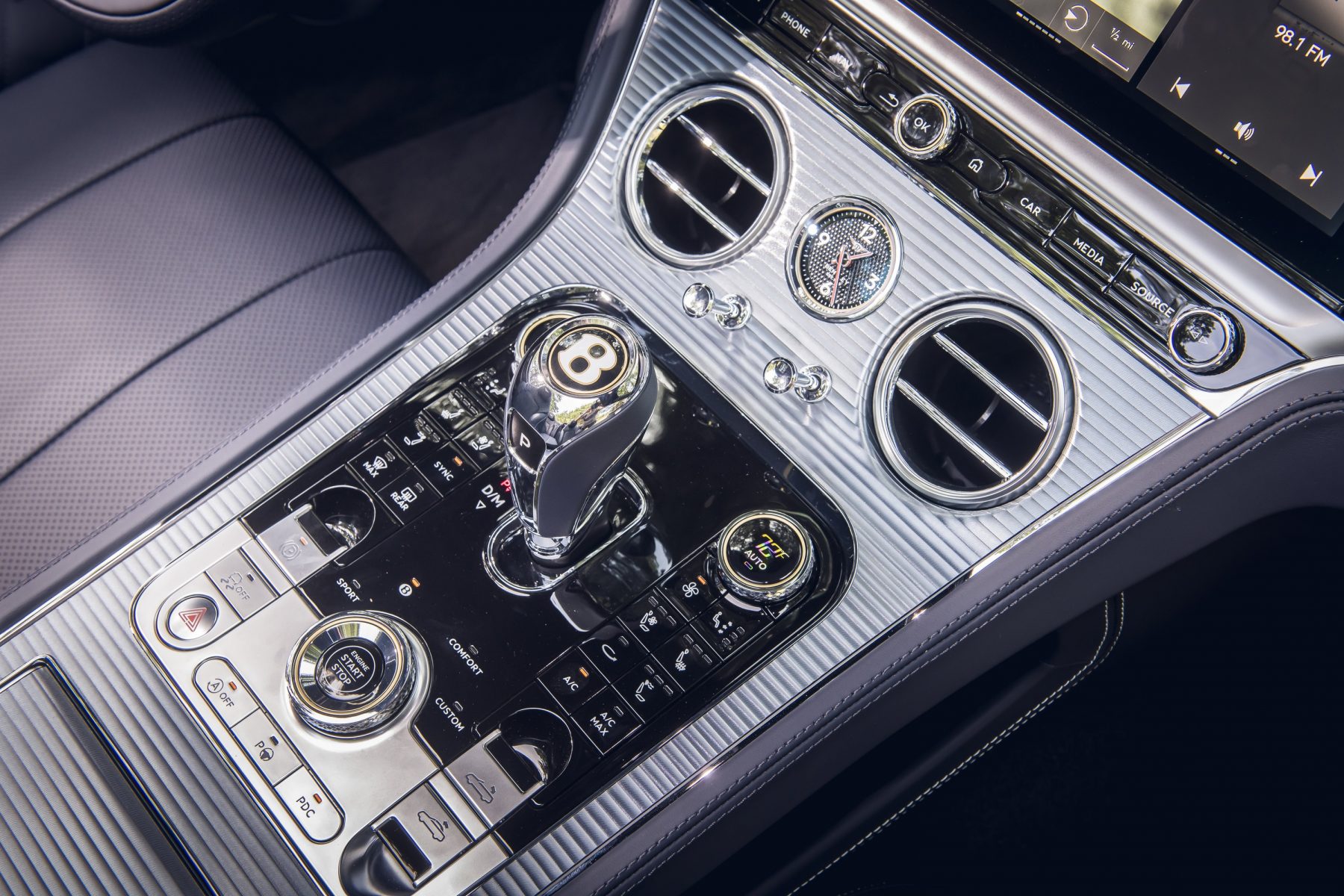

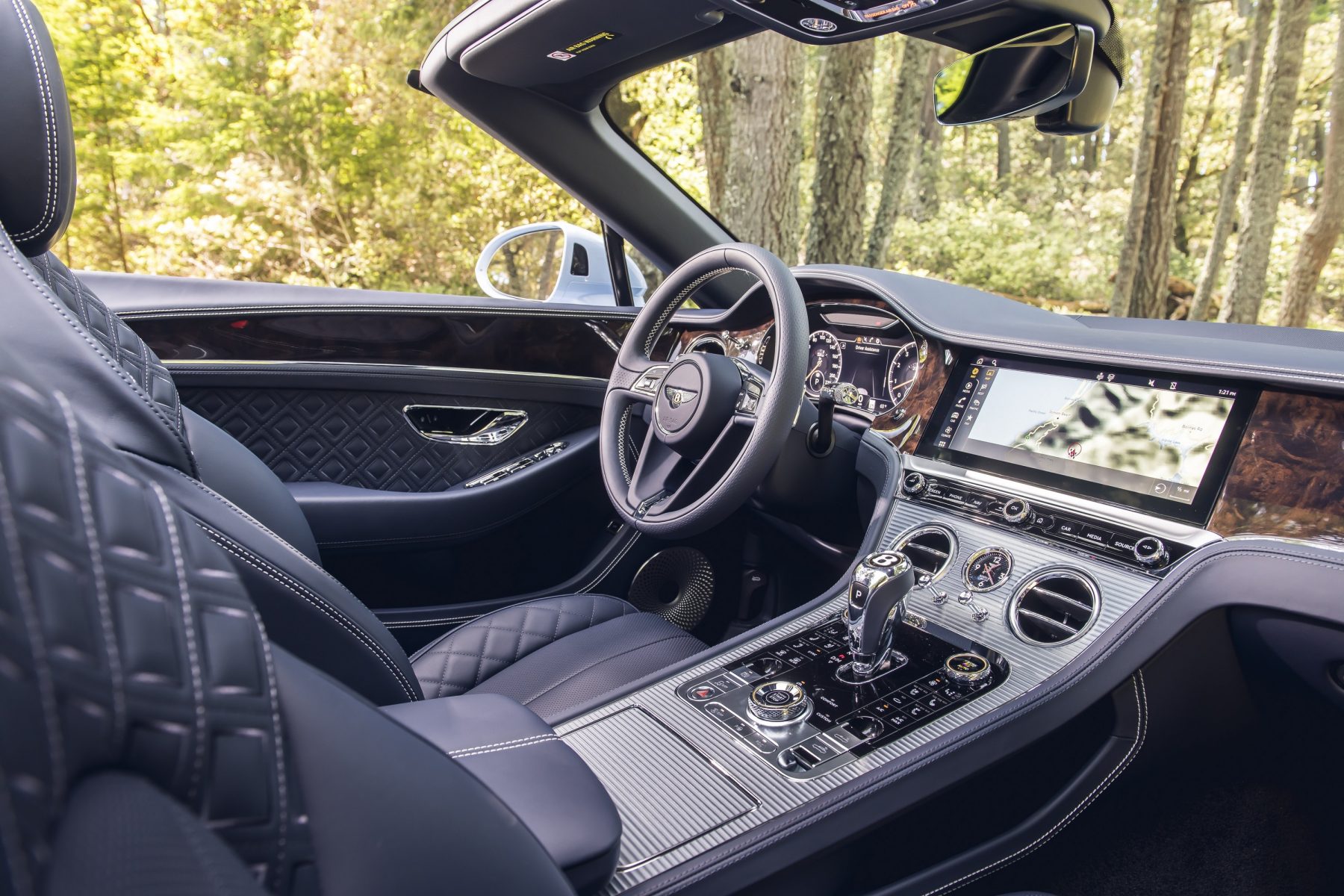
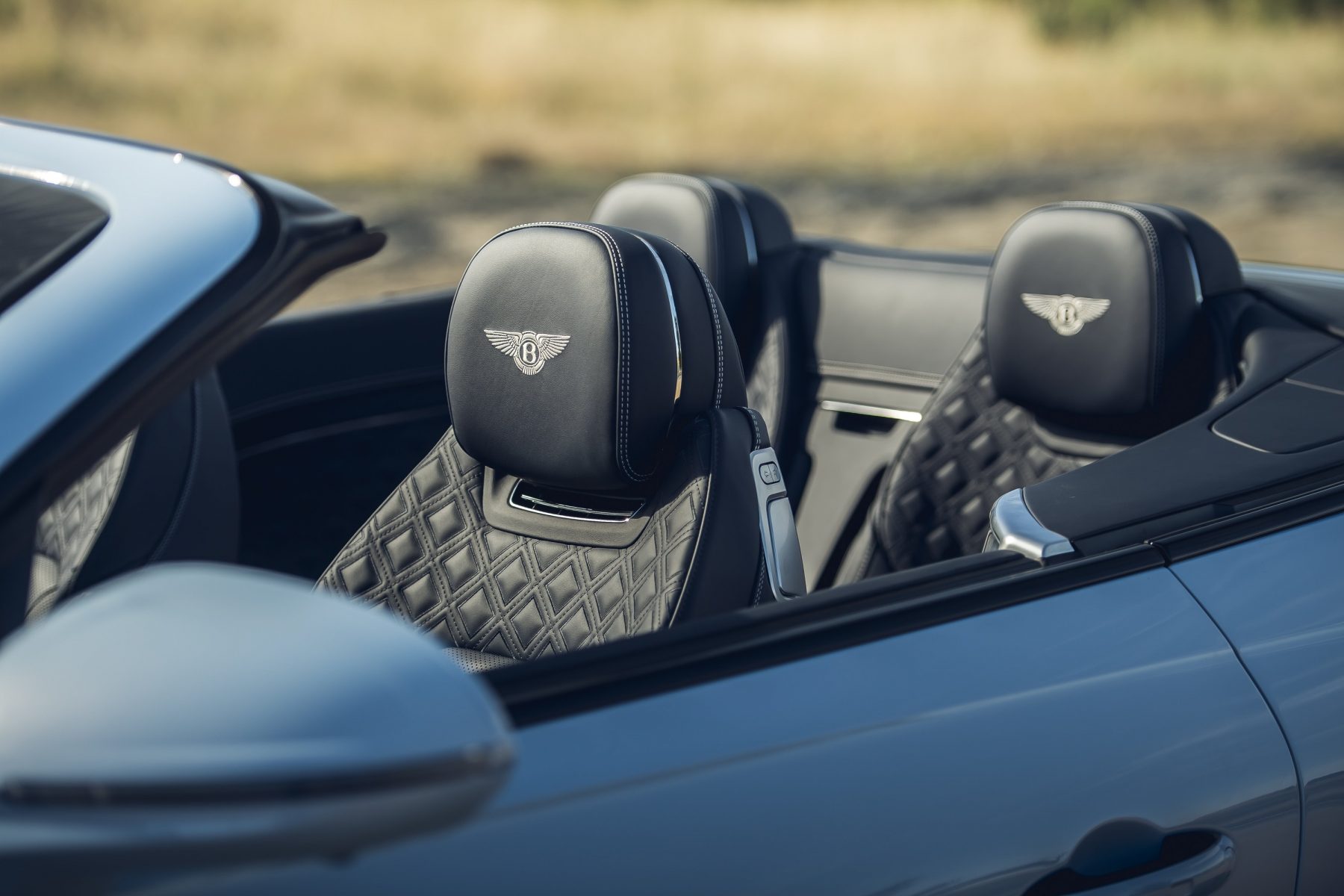
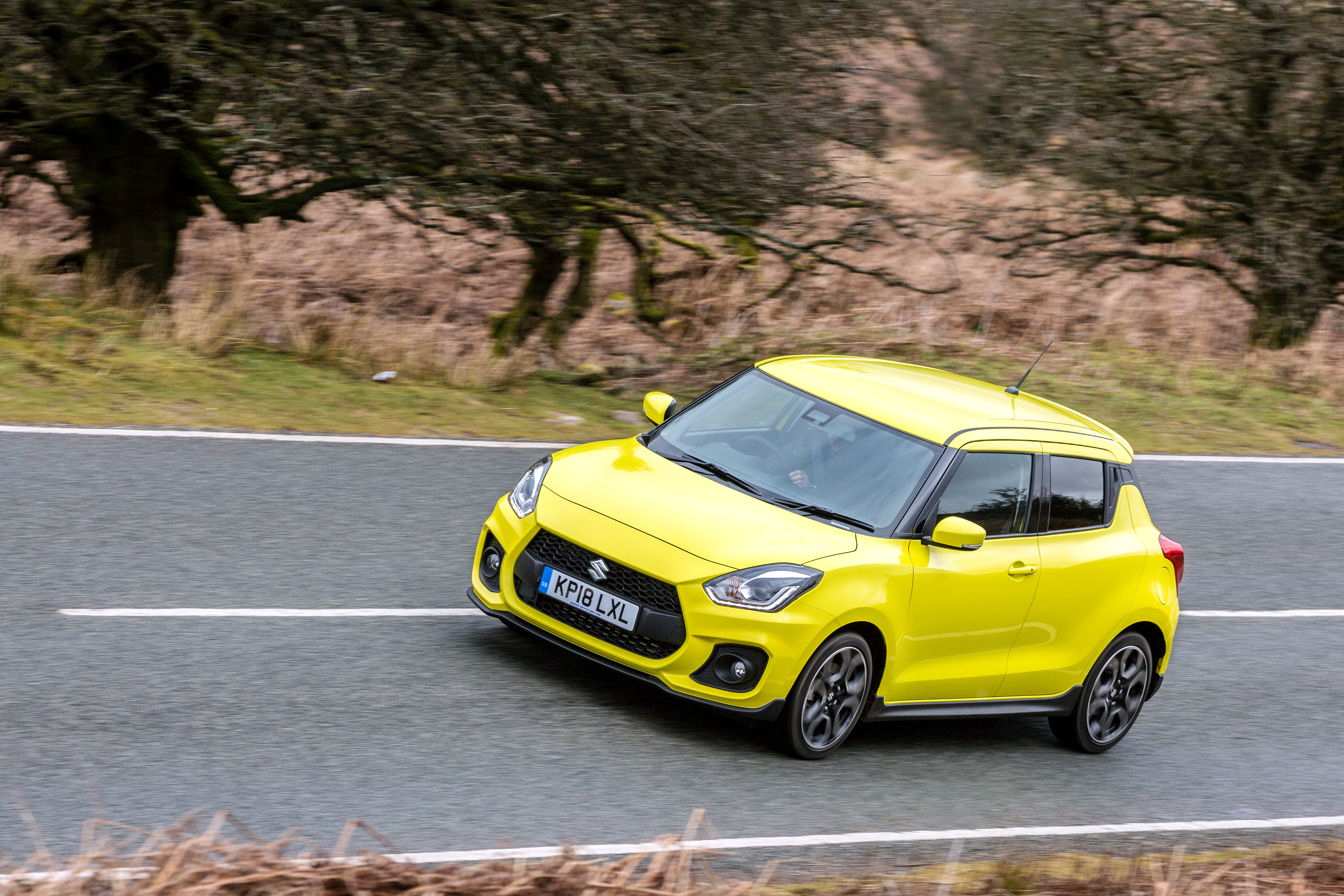
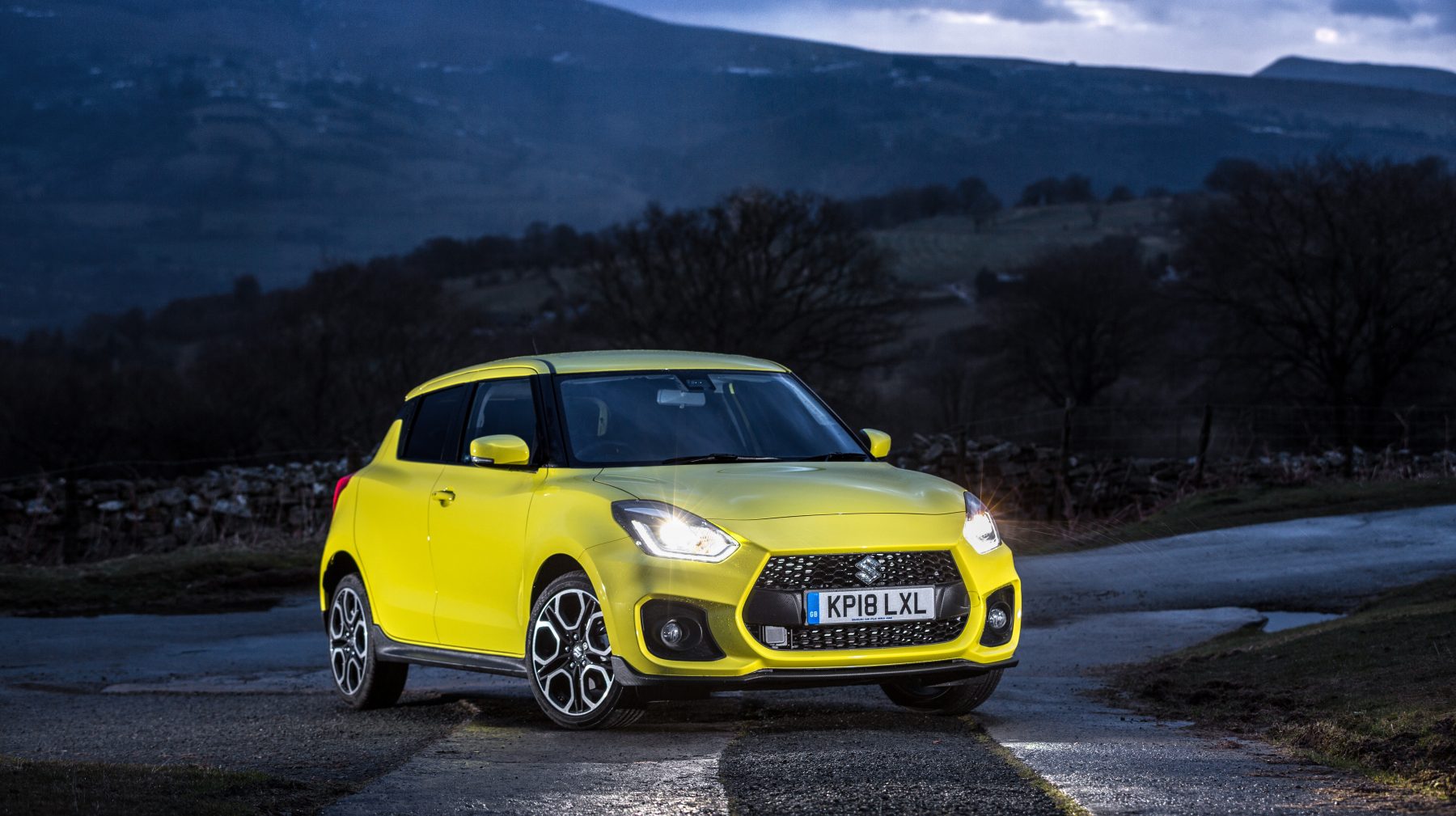
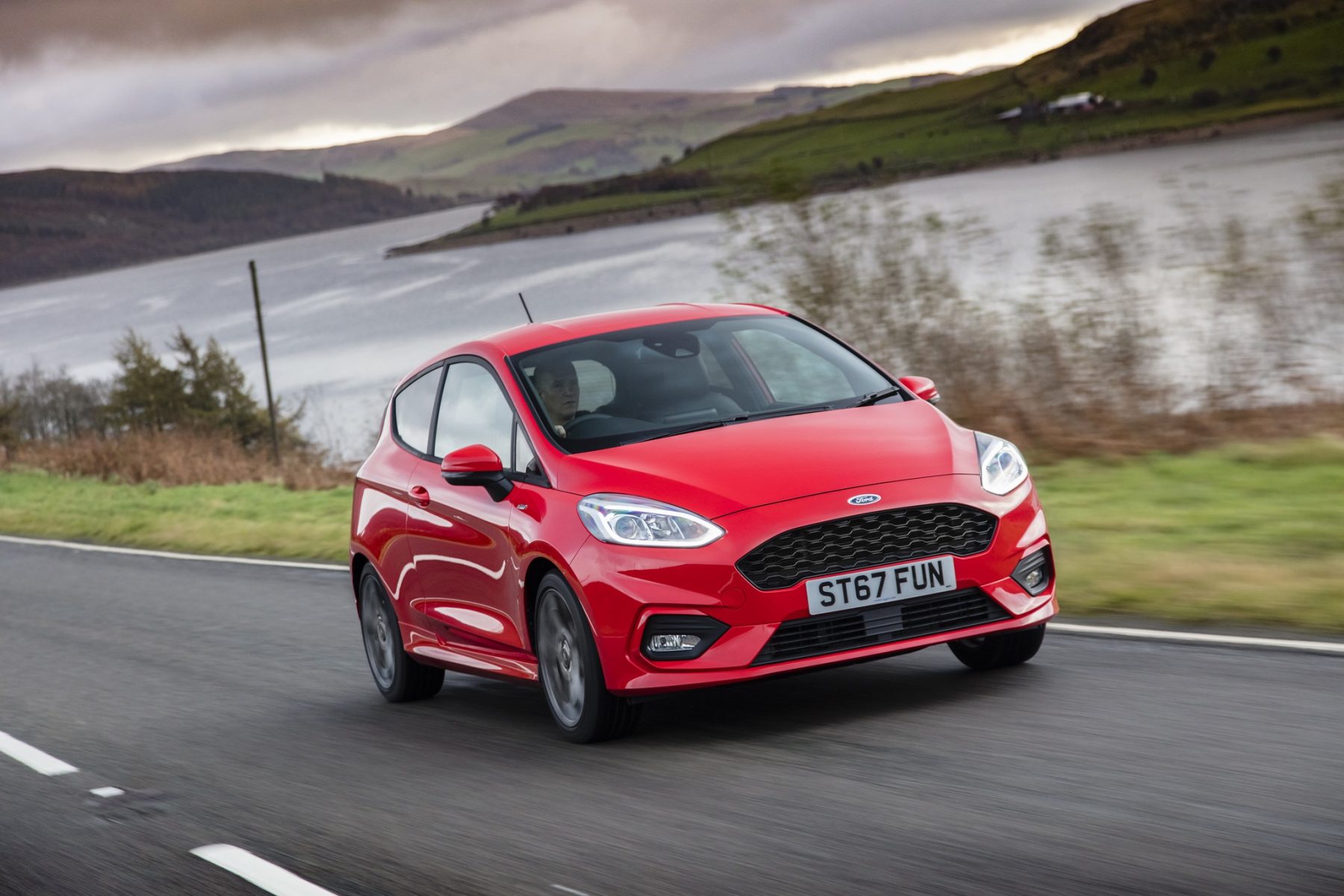
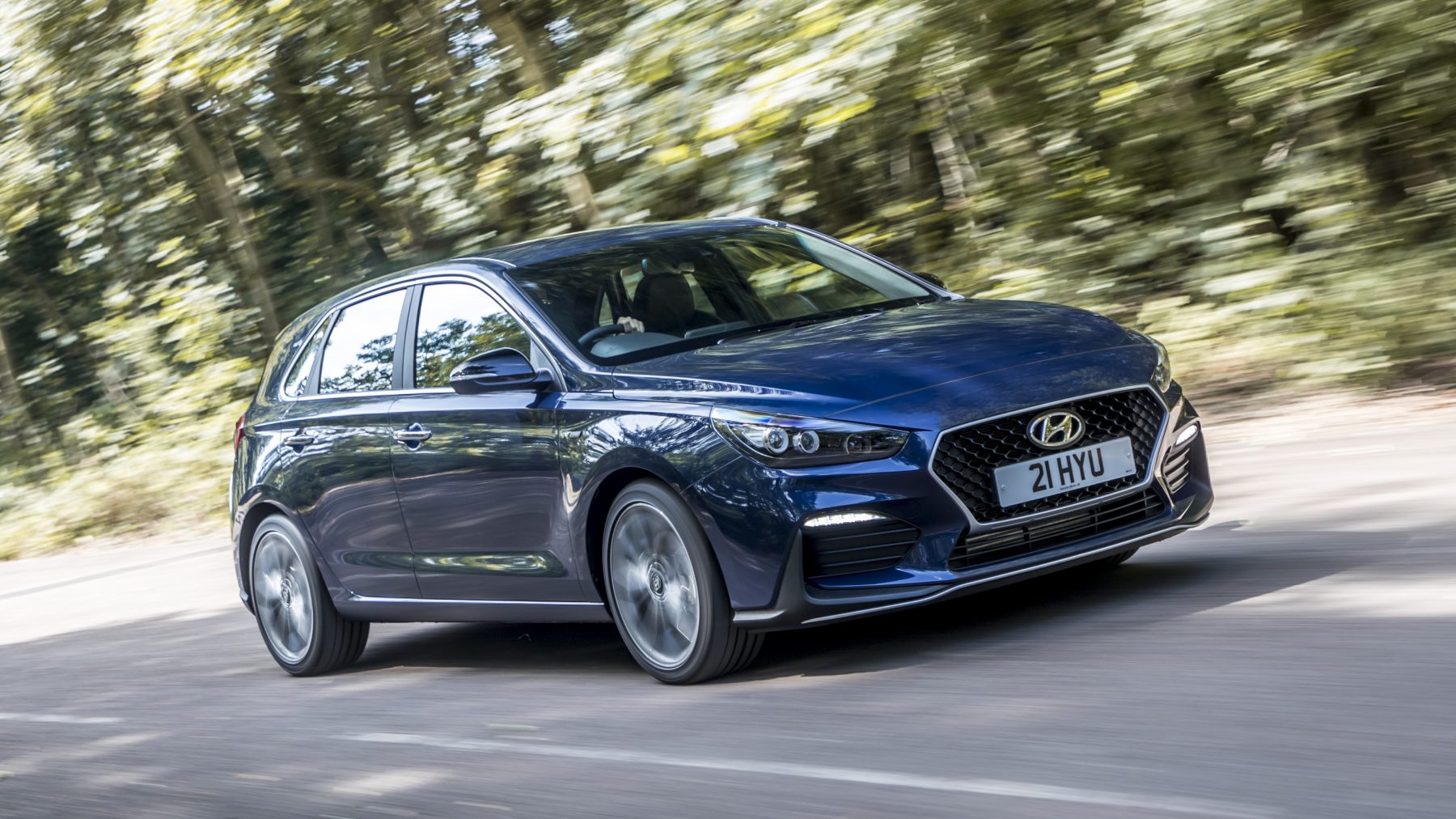

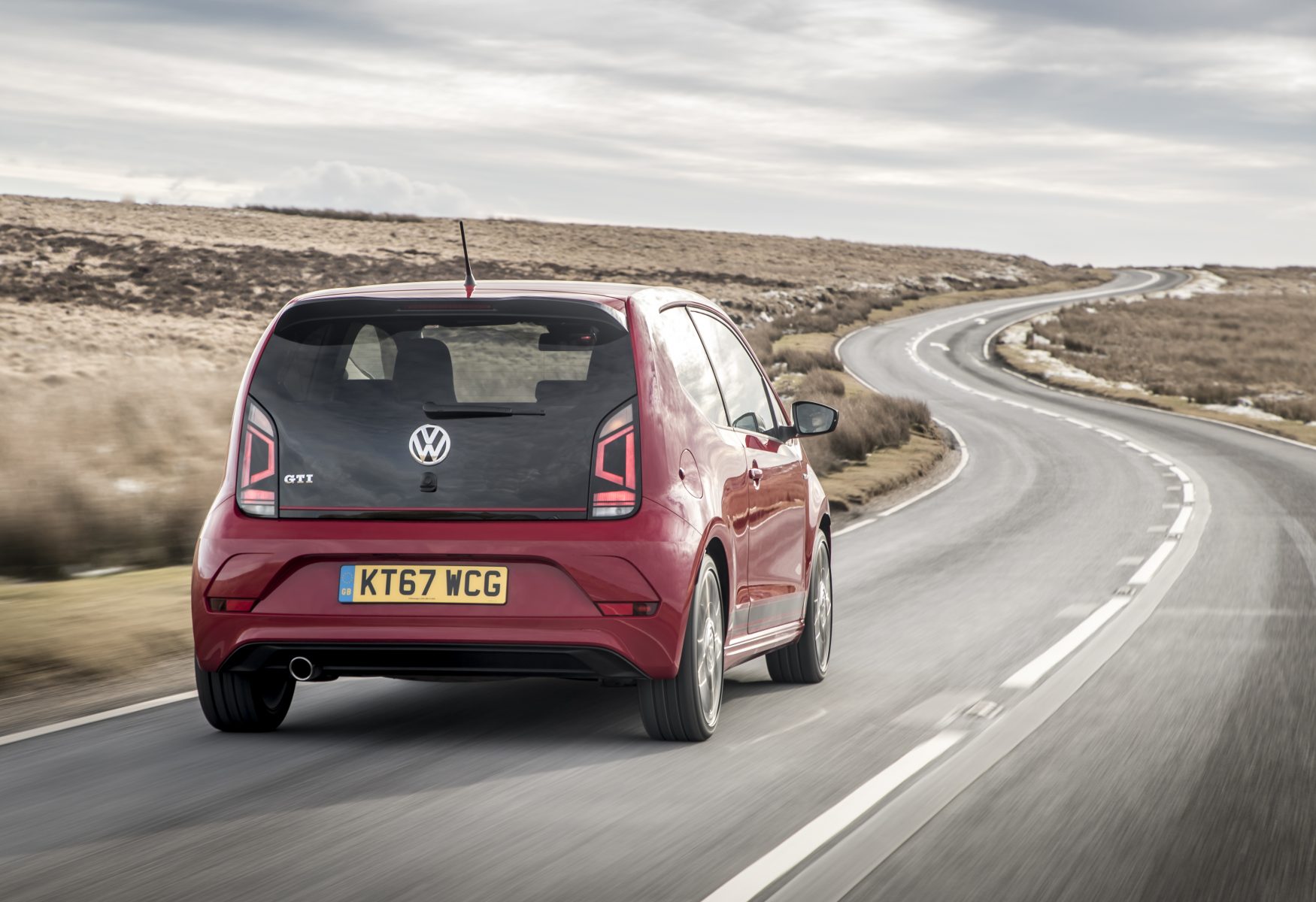
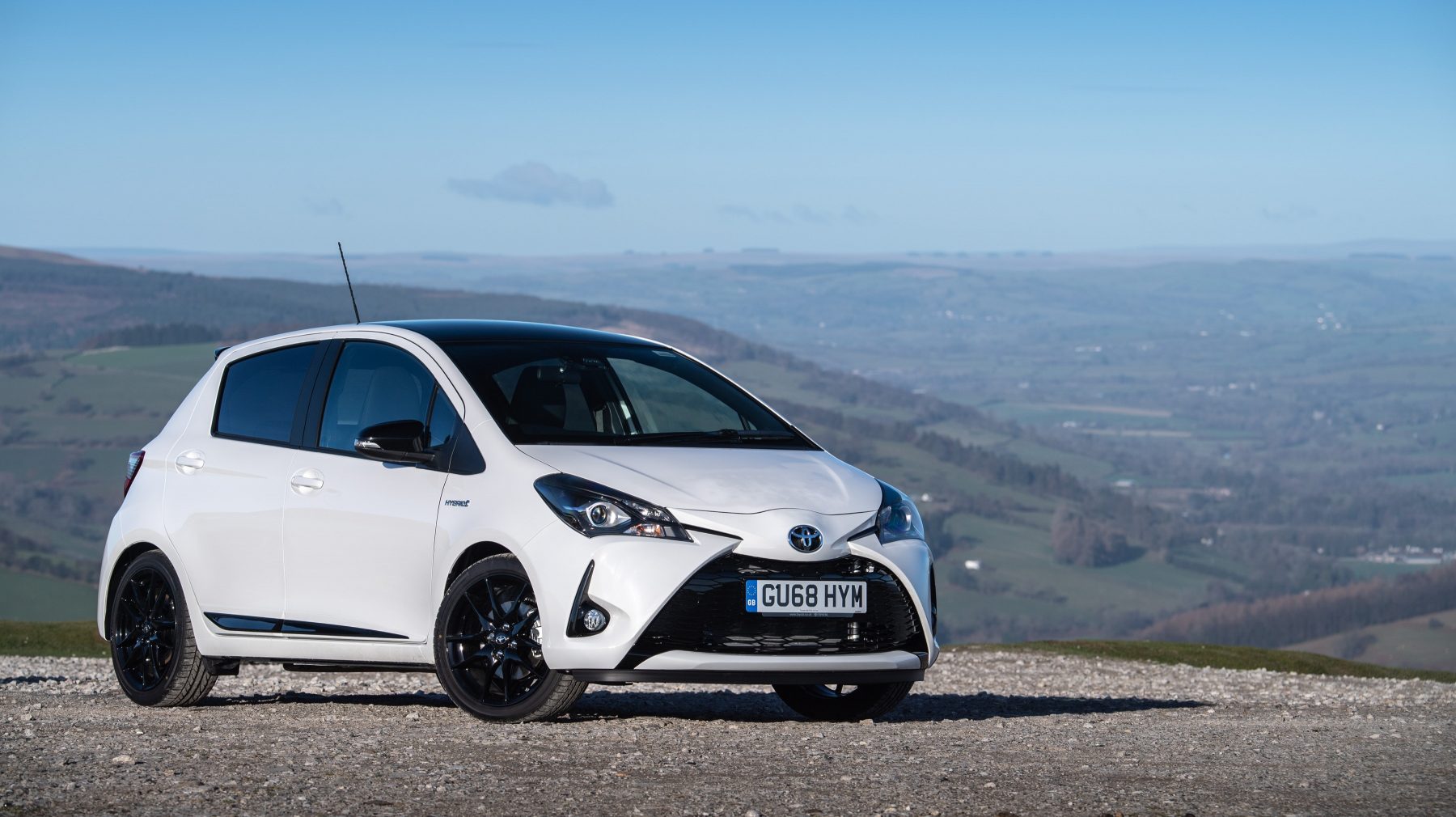
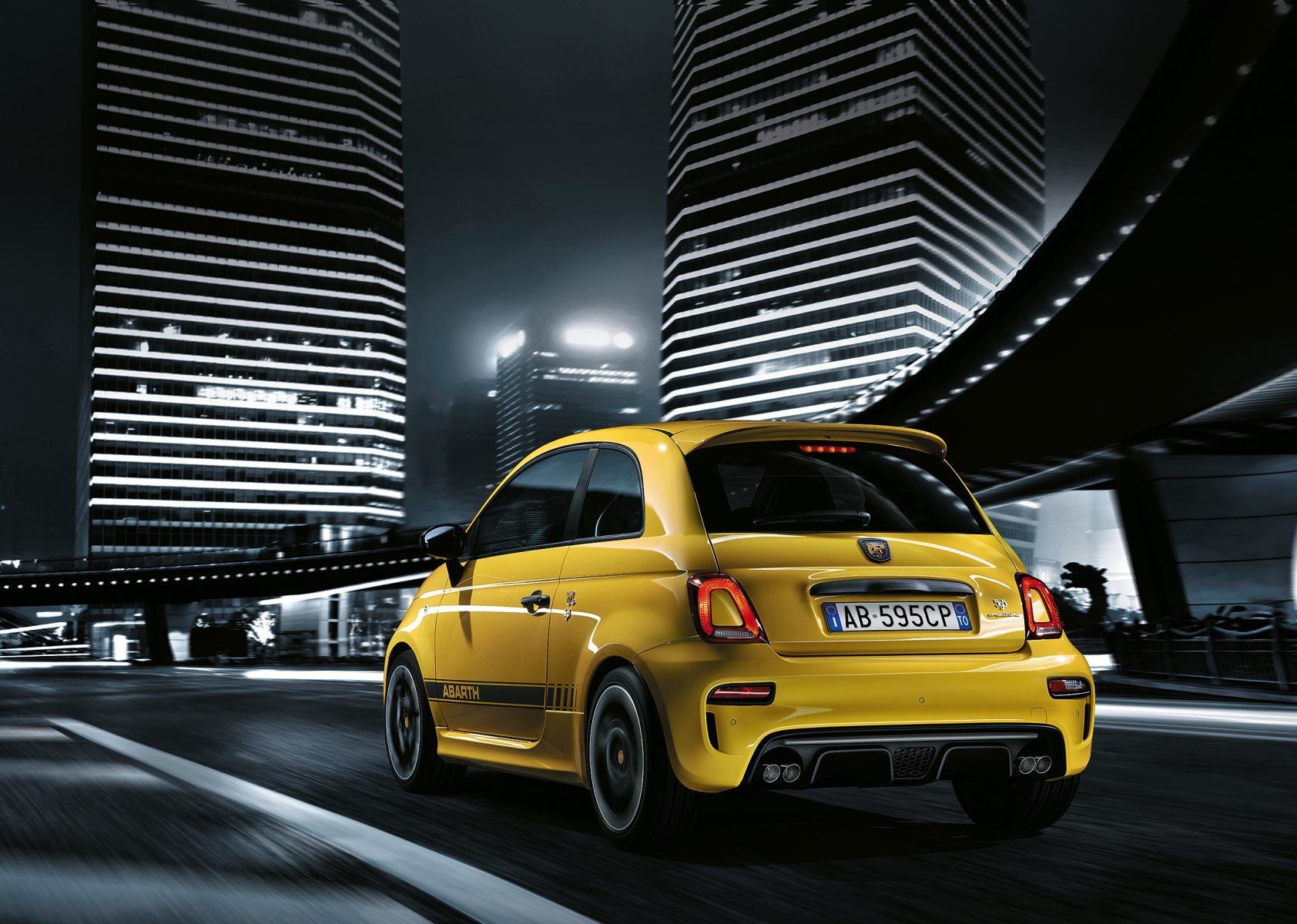

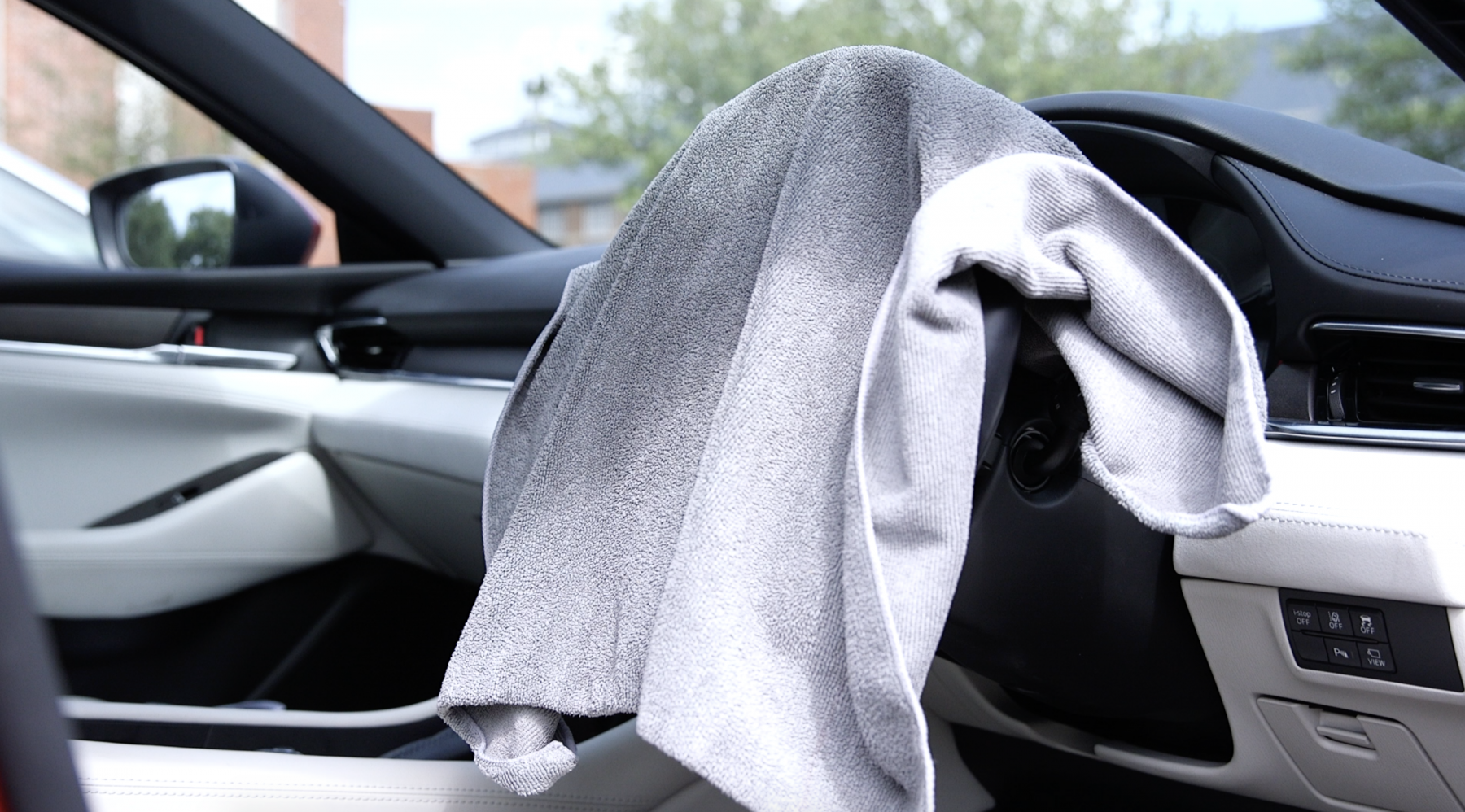
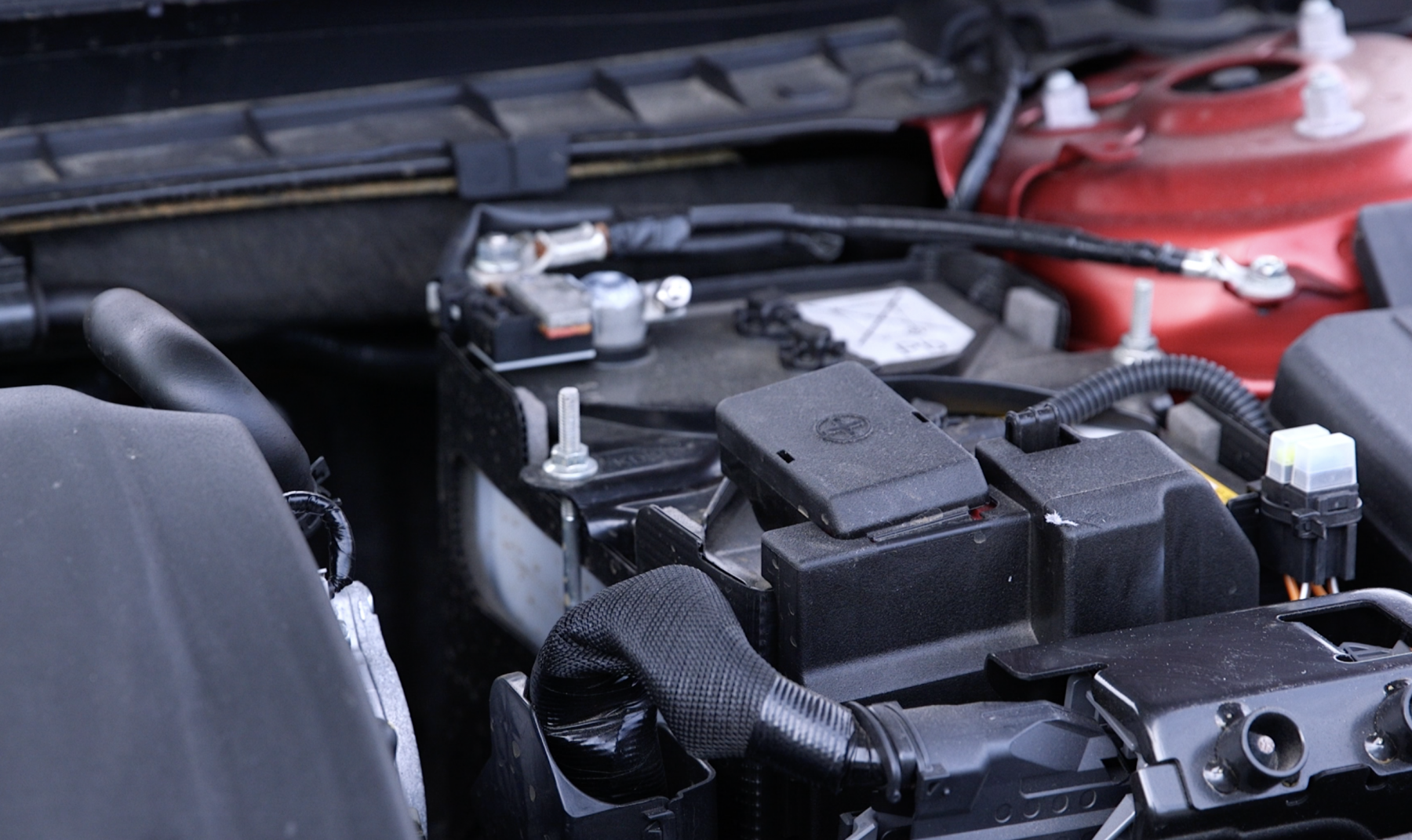
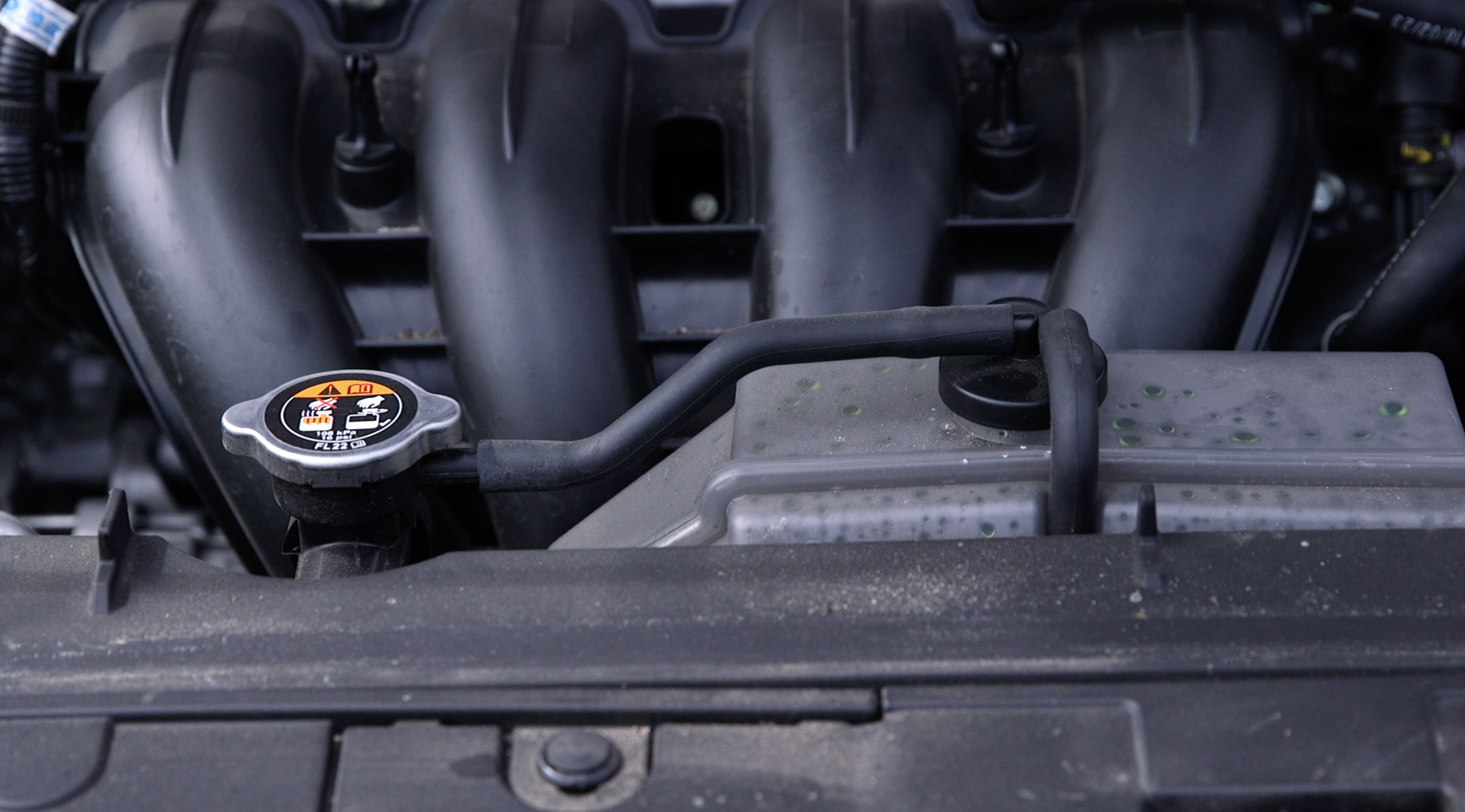
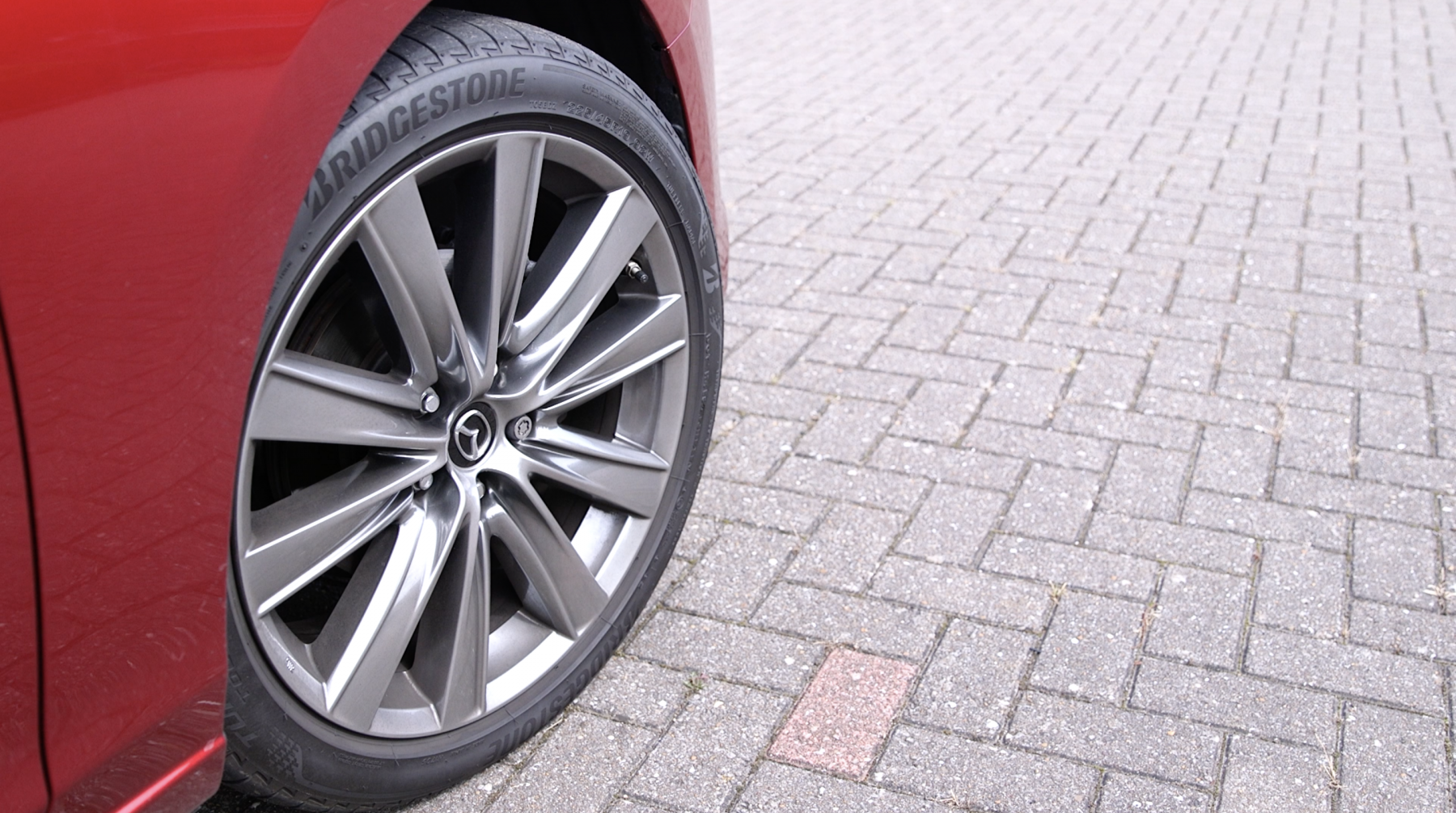

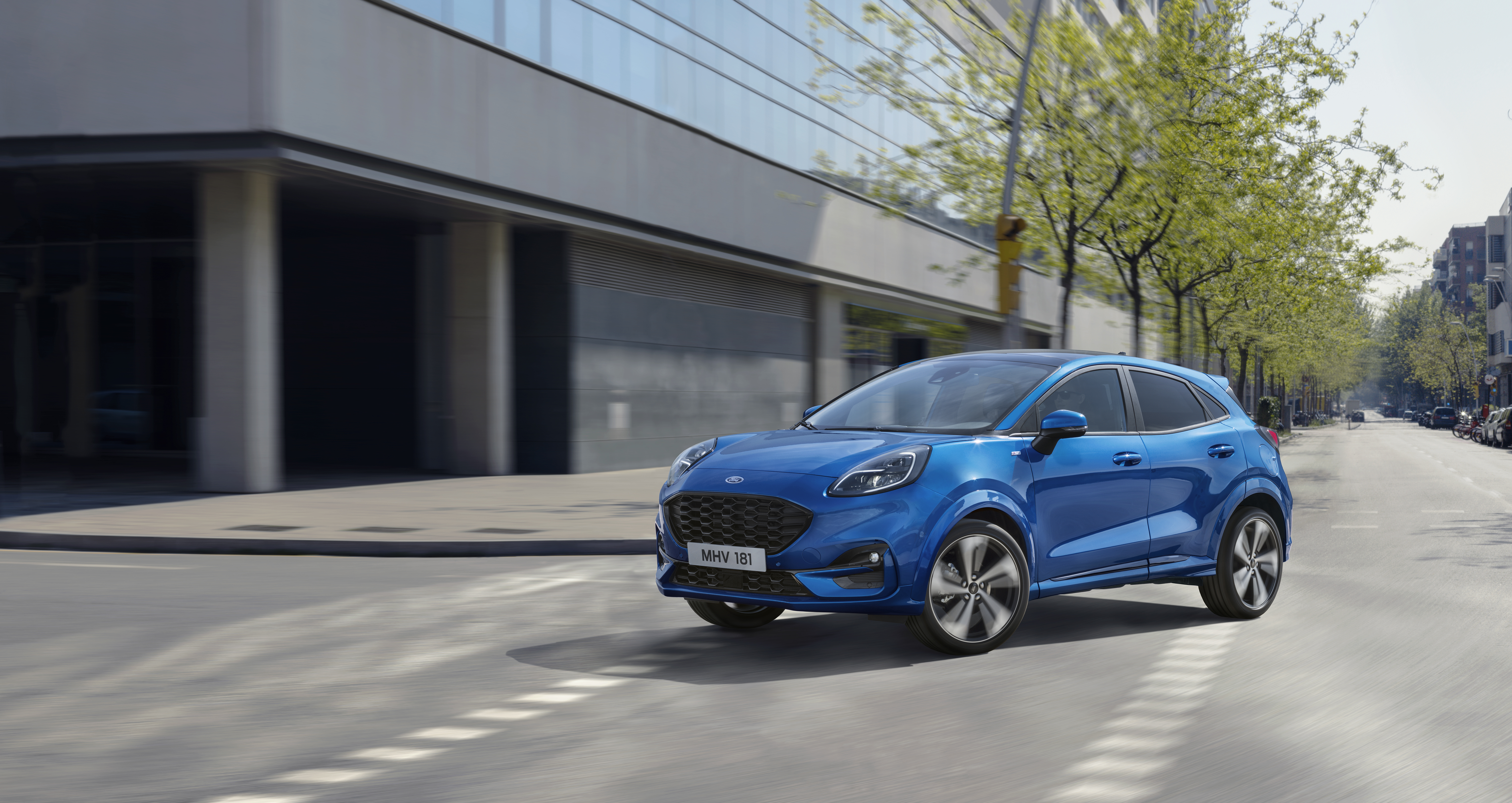
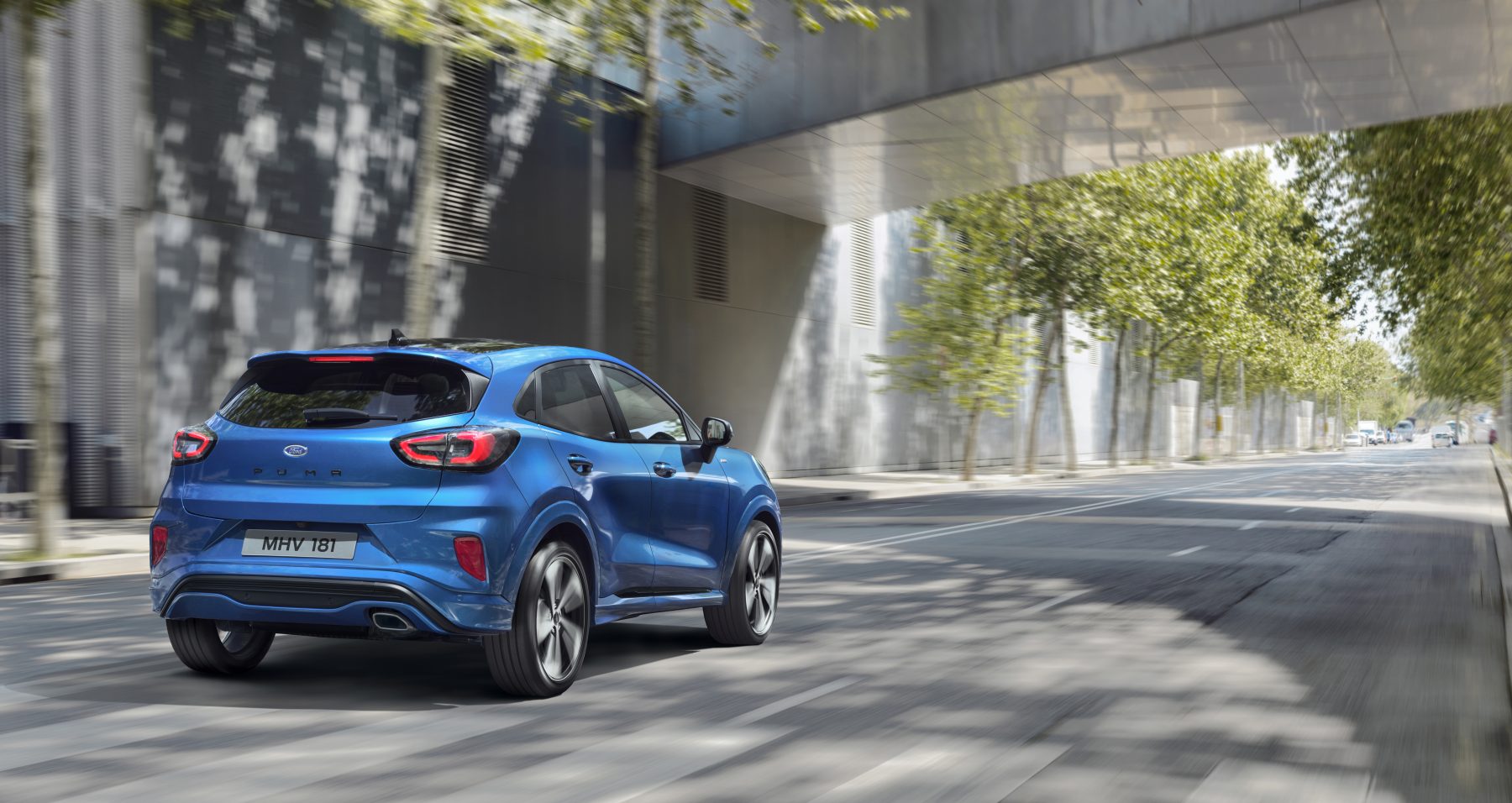
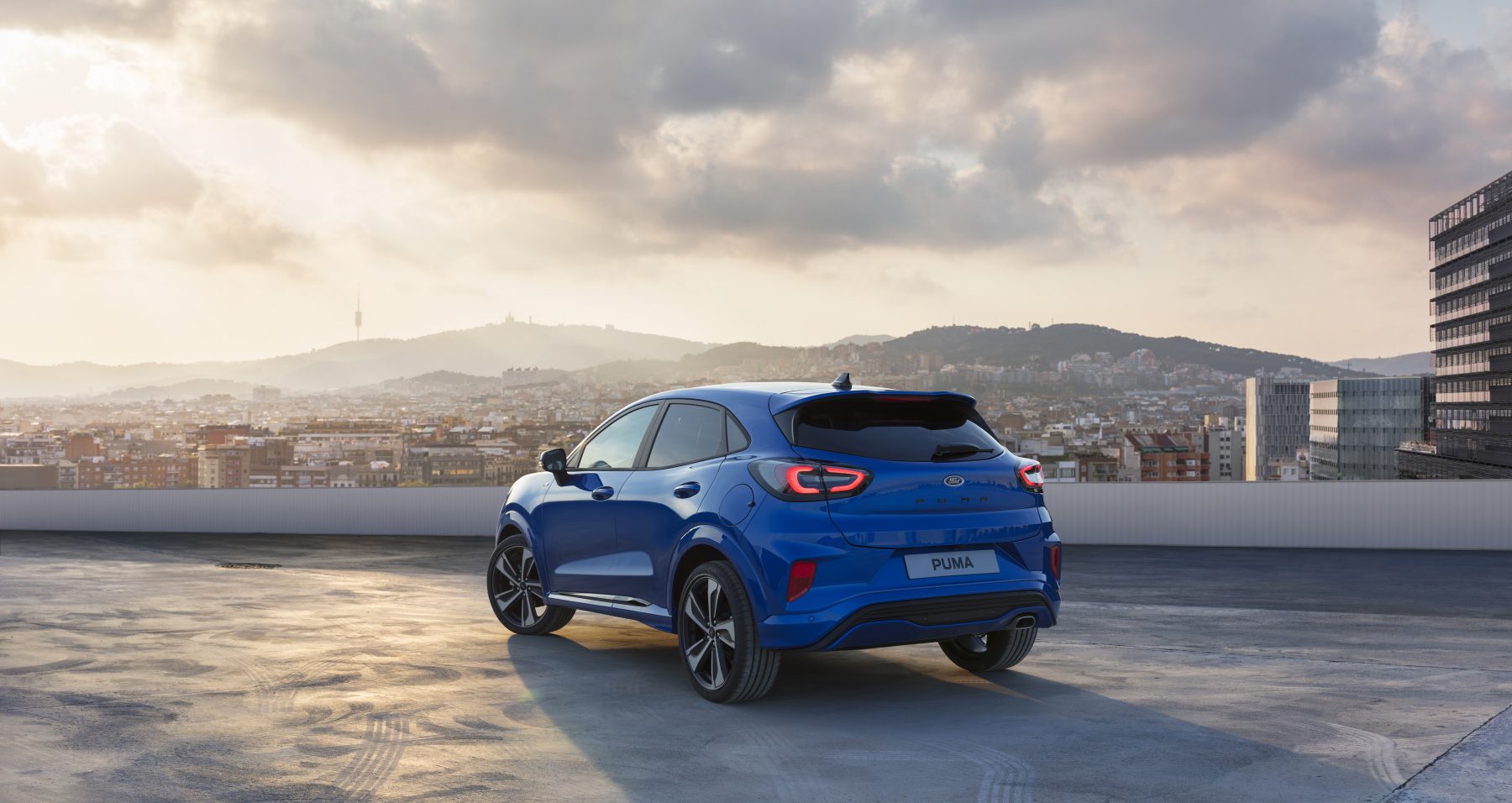
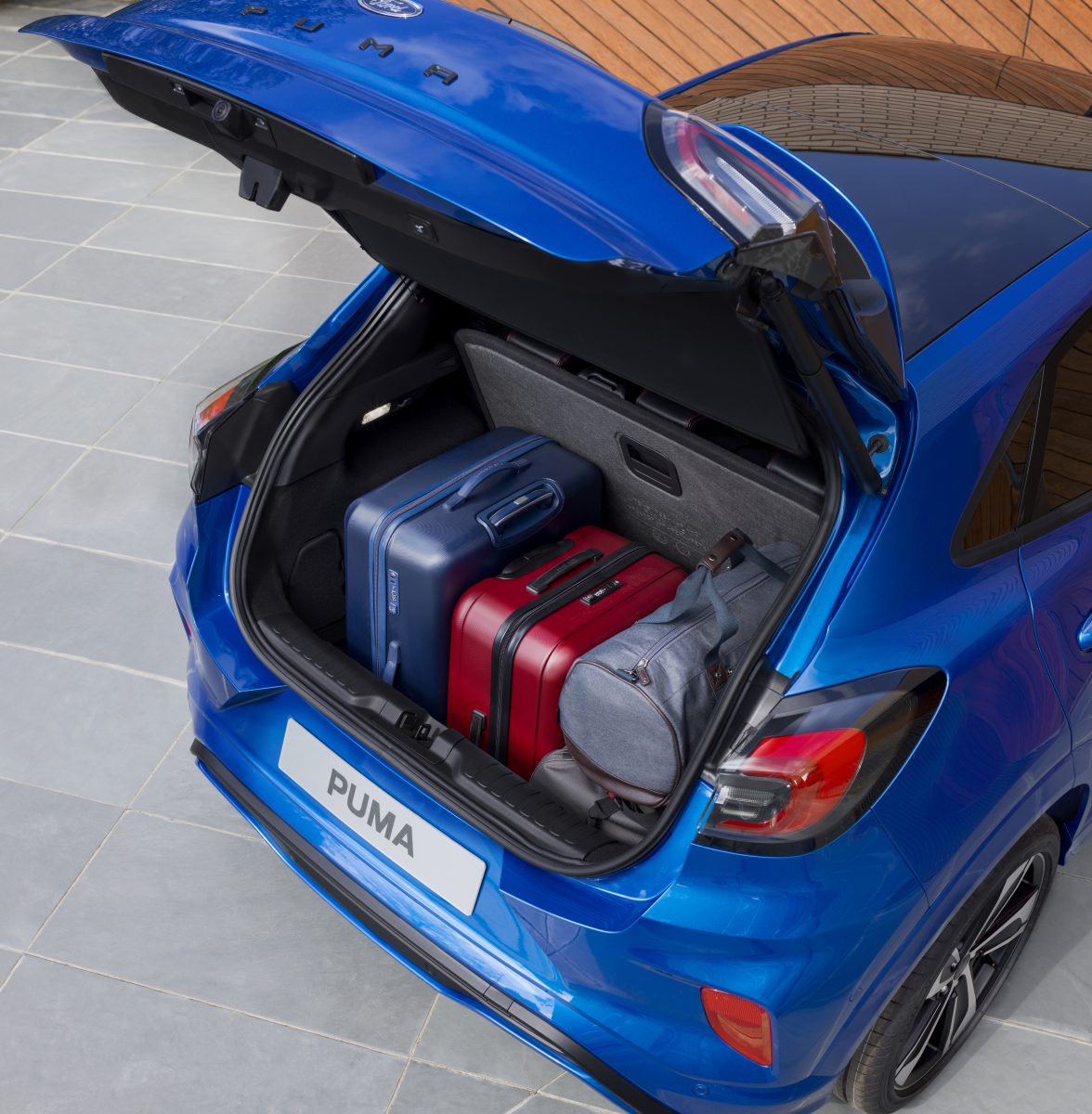
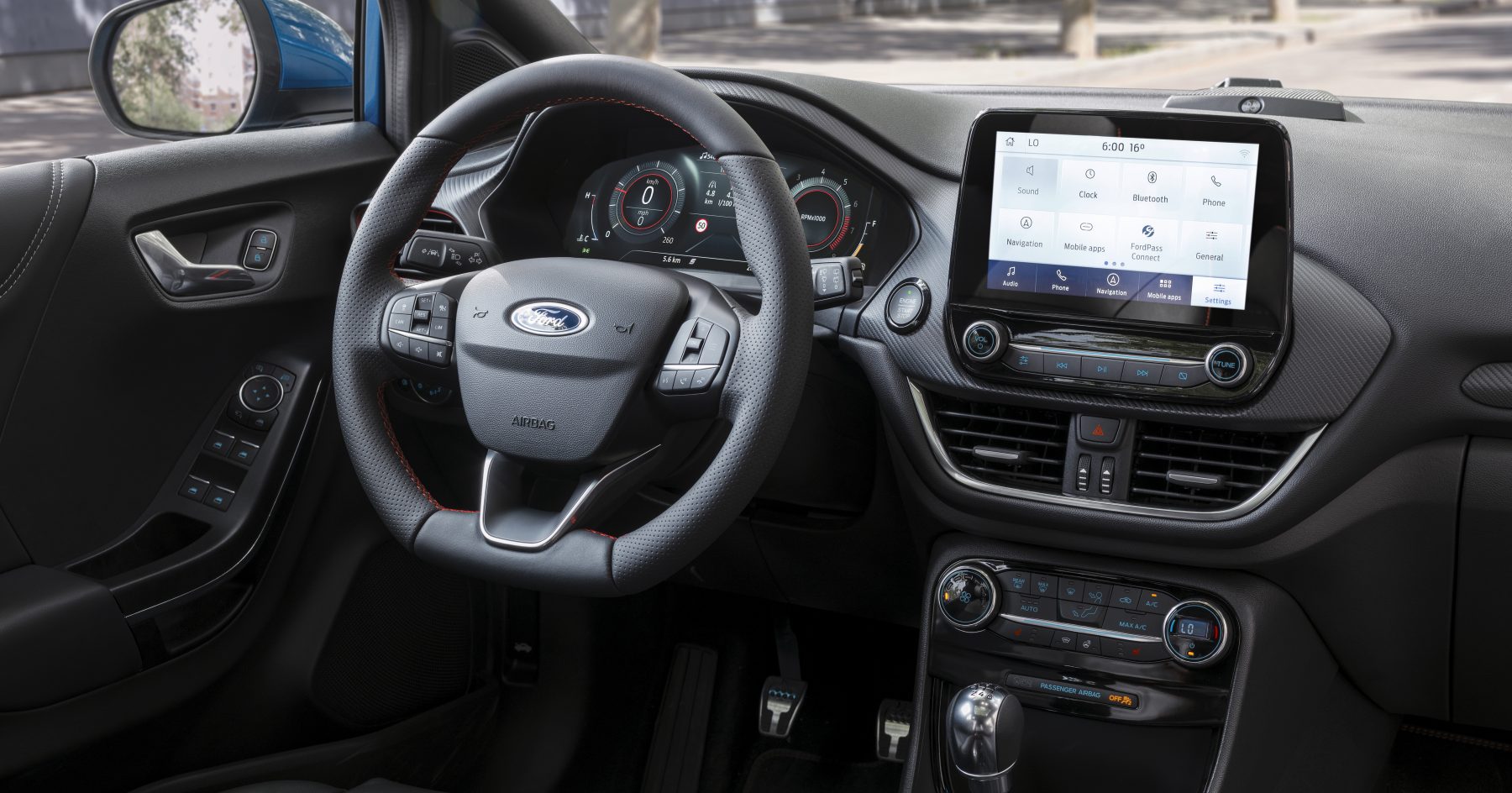













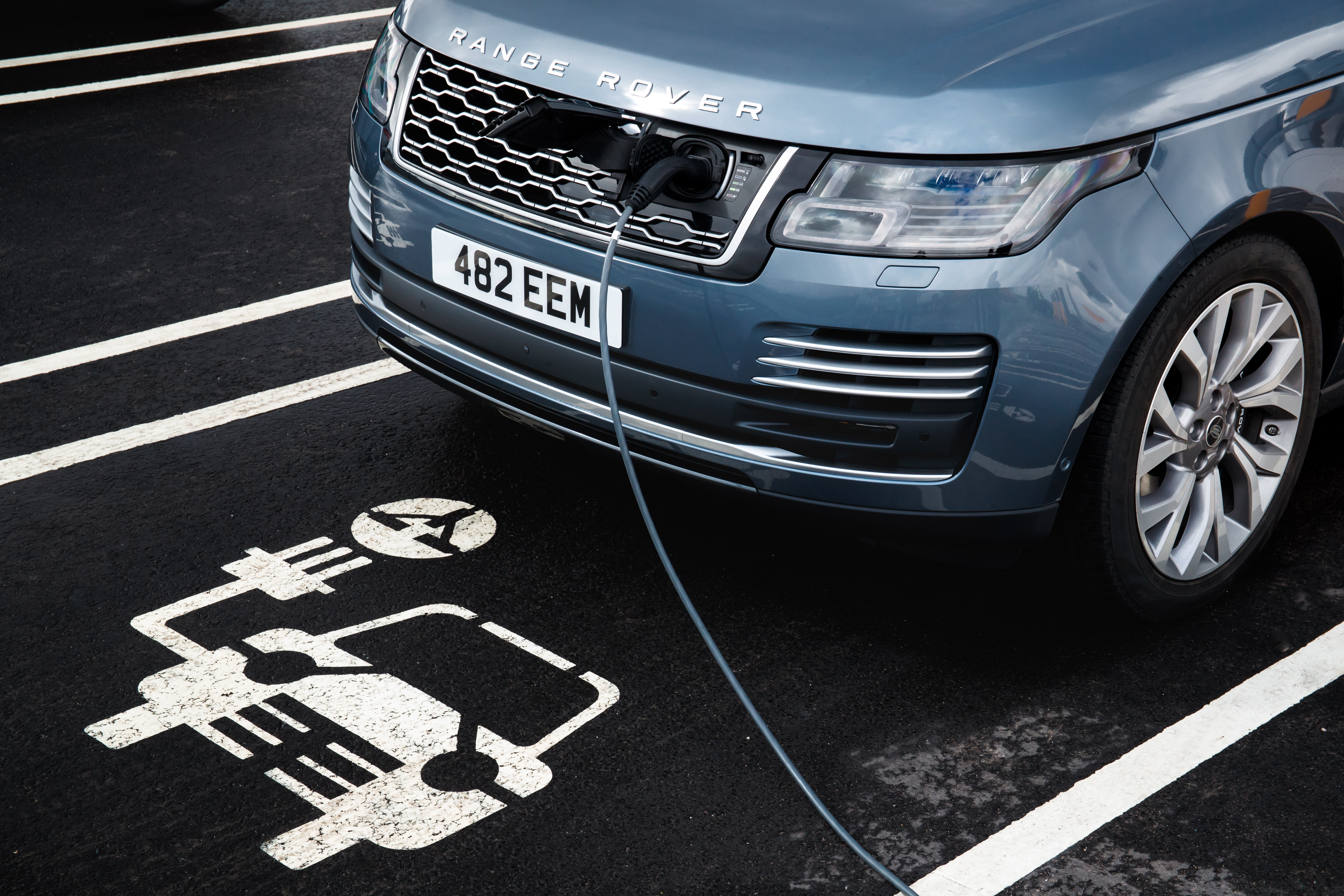
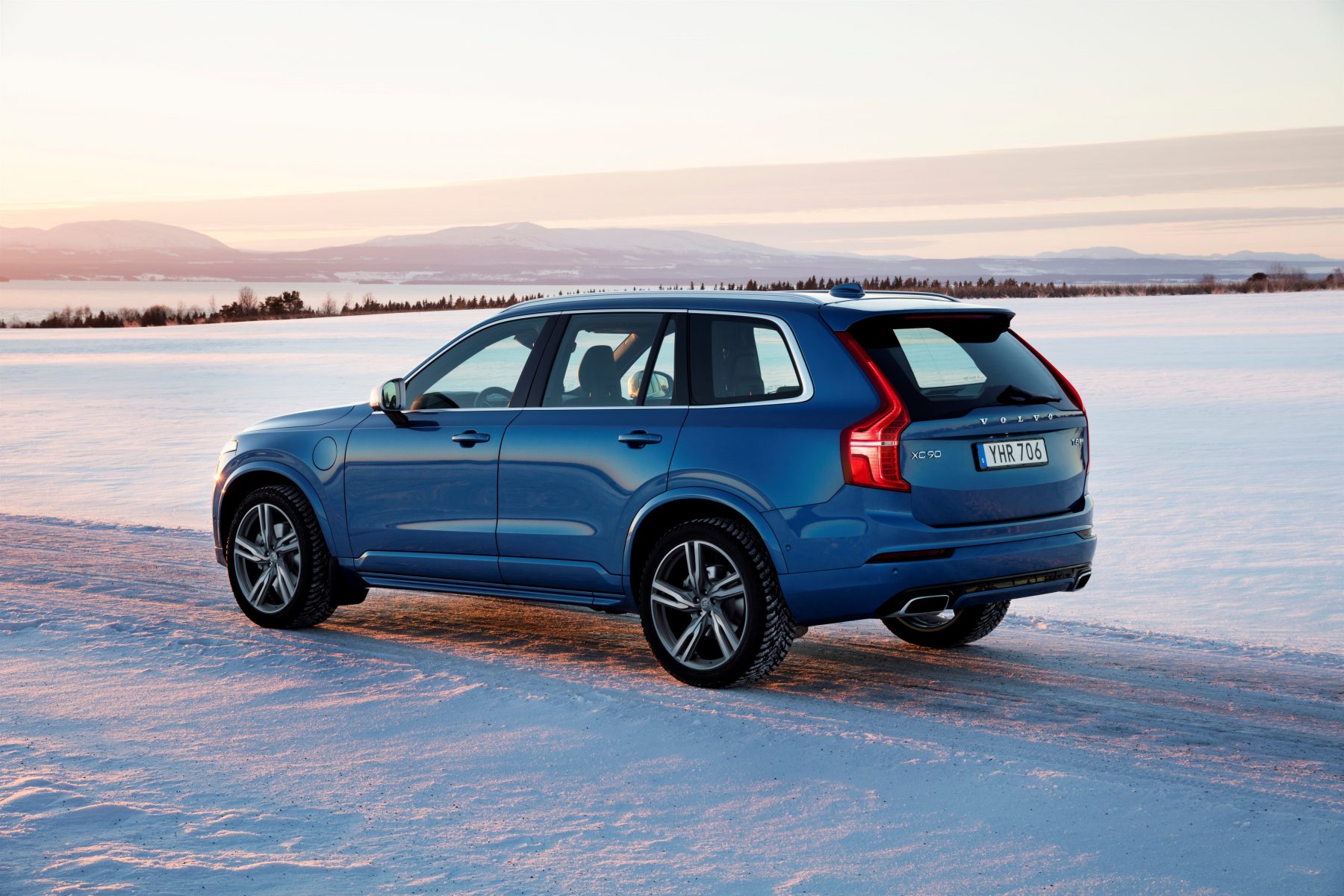 The T8 badge denotes the flagship variant of a Volvo model. In years past, it would also point to a V8 engine under the bonnet, but this is no longer the case.
The T8 badge denotes the flagship variant of a Volvo model. In years past, it would also point to a V8 engine under the bonnet, but this is no longer the case.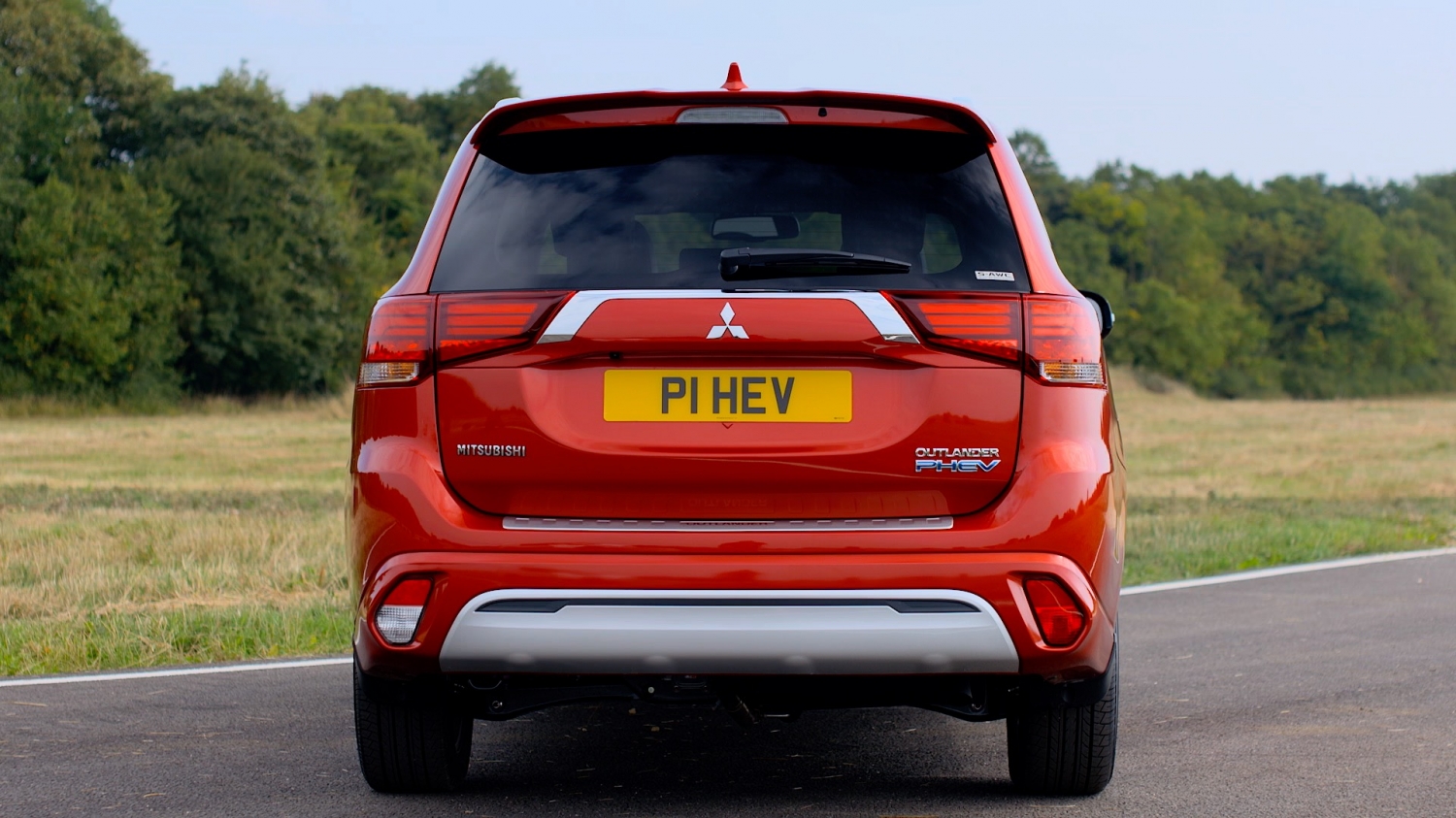 Mitsubishi’s Outlander PHEV has been the most popular hybrid SUV of all over the past few years, and that’s understandable, as it not only looks the part and performs well, but it also represents good value compared with other plug-in hybrids.
Mitsubishi’s Outlander PHEV has been the most popular hybrid SUV of all over the past few years, and that’s understandable, as it not only looks the part and performs well, but it also represents good value compared with other plug-in hybrids. This is one of the more luxurious choices on the list.
This is one of the more luxurious choices on the list. Toyota has long been a pioneer of hybrid cars, courtesy of models such as the Prius. As such, it’s little surprise that it is among the first to convert one of its mainstream models into a pure hybrid.
Toyota has long been a pioneer of hybrid cars, courtesy of models such as the Prius. As such, it’s little surprise that it is among the first to convert one of its mainstream models into a pure hybrid. With claimed fuel economy of just 37.1mpg, the RX 450h is fairly thirsty compared to some on this list, though this claimed figure is arguably one of the more realistic you will find on the market.
With claimed fuel economy of just 37.1mpg, the RX 450h is fairly thirsty compared to some on this list, though this claimed figure is arguably one of the more realistic you will find on the market.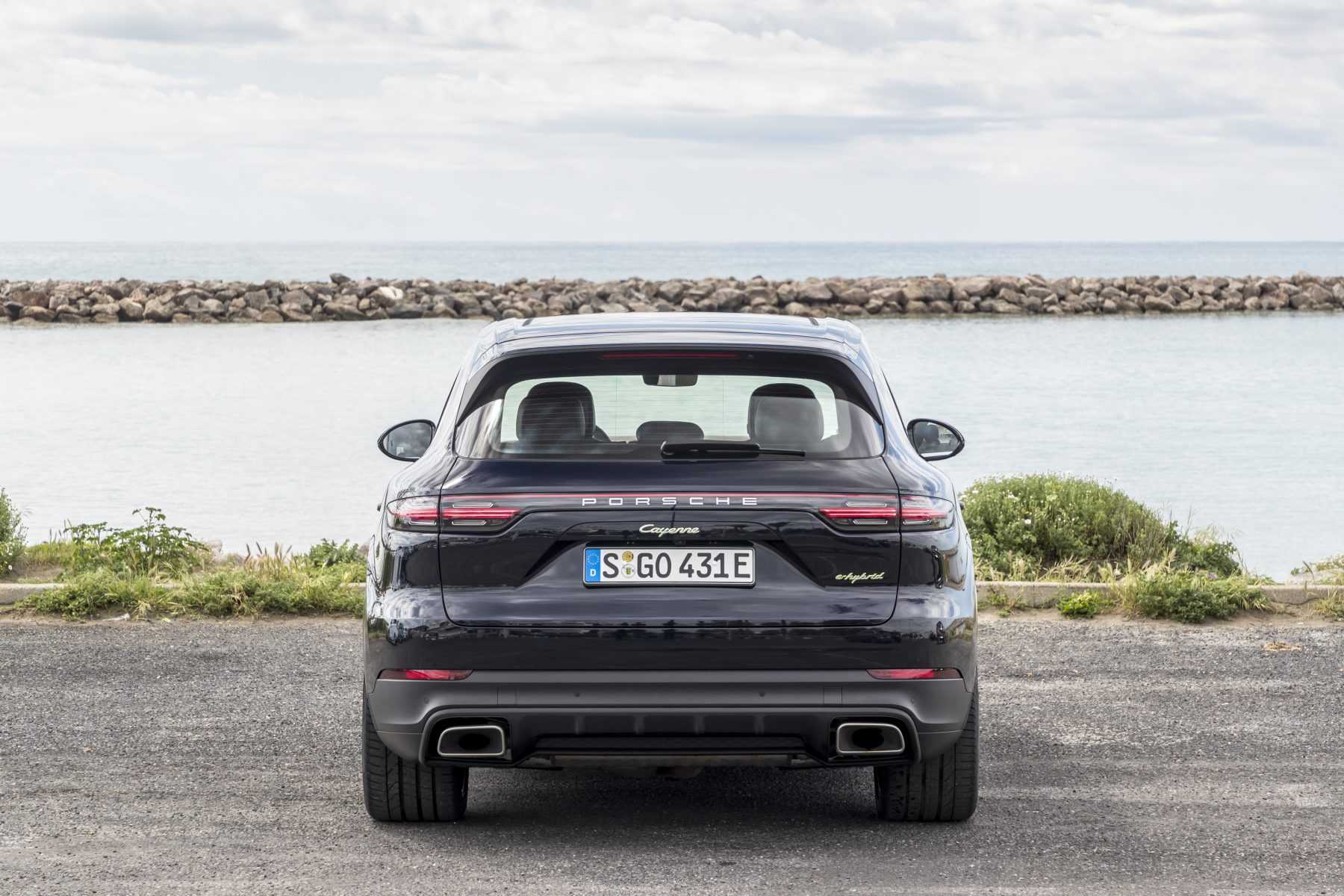 Perhaps the most dynamic SUV on the market, from a brand that has long been pushing the electric agenda; it’s fair to say that the hybrid Cayenne was anything but a surprise.
Perhaps the most dynamic SUV on the market, from a brand that has long been pushing the electric agenda; it’s fair to say that the hybrid Cayenne was anything but a surprise.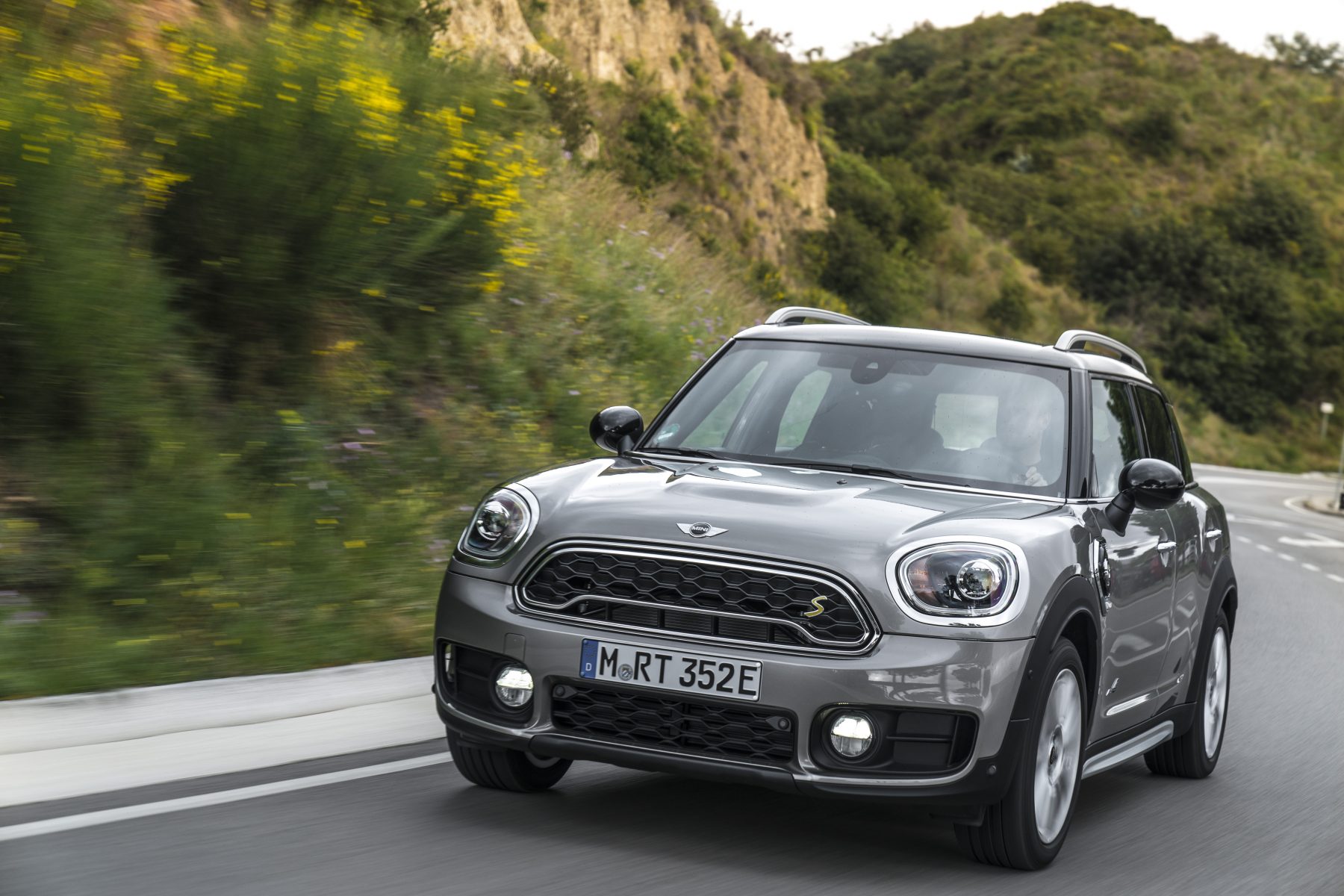 Even the more compact end of the SUV scale is becoming more and more hybrid friendly.
Even the more compact end of the SUV scale is becoming more and more hybrid friendly.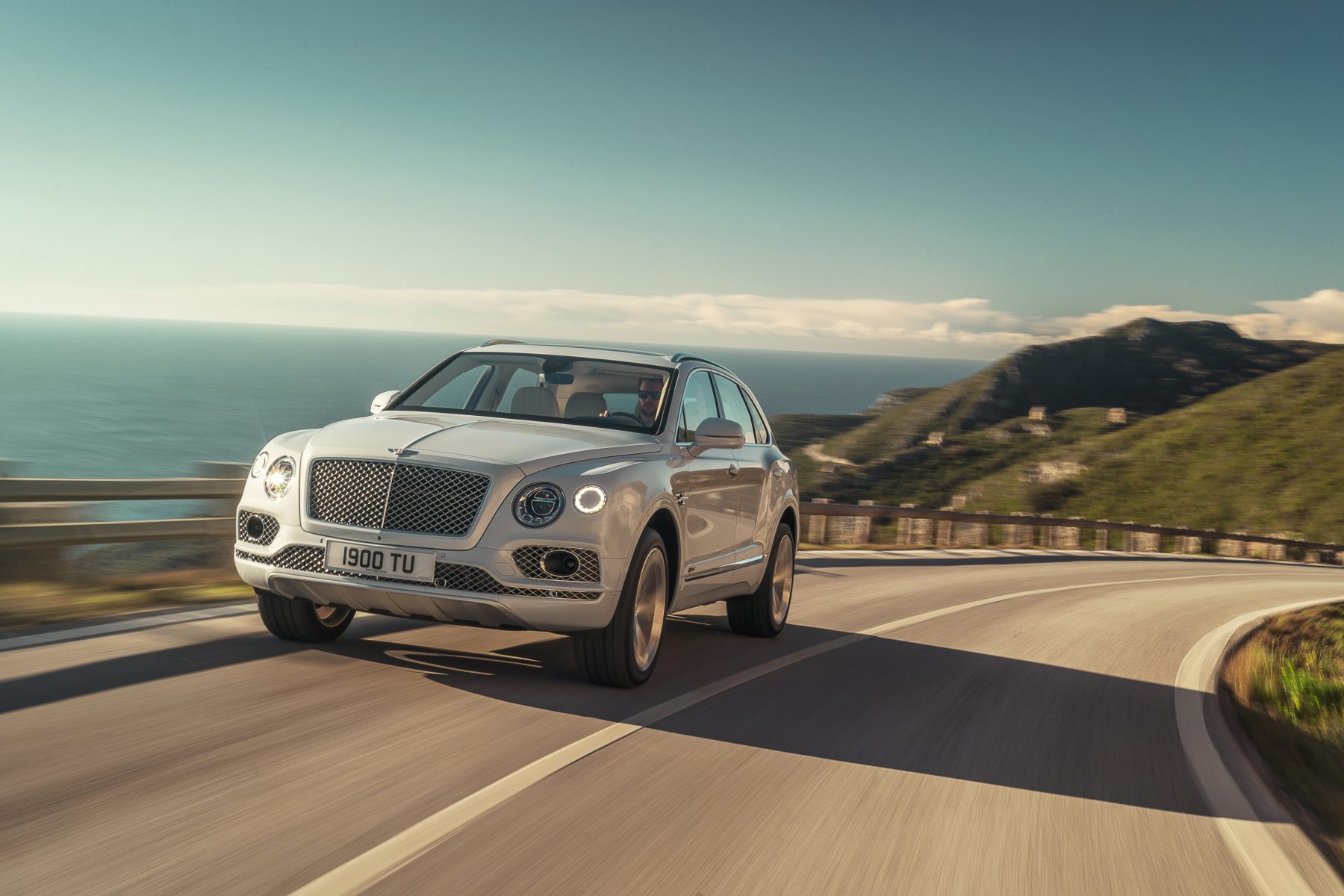 When it comes to luxury, few can beat Bentley, and it’s clear that the British marque is going to be gunning for the Range Rover PHEV’s ‘most luxurious hybrid SUV’ crown with this car.
When it comes to luxury, few can beat Bentley, and it’s clear that the British marque is going to be gunning for the Range Rover PHEV’s ‘most luxurious hybrid SUV’ crown with this car.